We strive to help you make smarter purchasing decisions. While we adhere to strict editorial integrity, this post may contain references to products from our partners. Here’s an explanation for how we make money.
The COVID-19 pandemic has changed the world and our lives in so many ways, and for so many of us, this time that was largely spent at home staying safe also meant indulging in comfort foods. As a result of this, many Americans have gained weight over the last year. One study of 3,000 Americans done by the American Psychological Association found that 61 percent of respondents had an unwanted weight change during COVID.
 The thing is, yes, our bodies may have changed in ways we didn’t want them to, but the most important thing to remember is that our bodies also got us through a global pandemic, and that’s something to be grateful for. But with the new working-from-home lifestyle, elevated stress levels, and gym closures that we all faced during the pandemic, it means that some have put on a few pounds. Other than the extra weight being an annoyance, it can also lead to other lifestyle hiccups, like sleep, for instance. Weight fluctuations, believe it or not, can affect your sleep hygiene, so it’s important to understand how weight, stress, and sleep go hand in hand (in hand), so you can make sure you’re still getting enough sleep at night, even with a change in lifestyle and health.
The thing is, yes, our bodies may have changed in ways we didn’t want them to, but the most important thing to remember is that our bodies also got us through a global pandemic, and that’s something to be grateful for. But with the new working-from-home lifestyle, elevated stress levels, and gym closures that we all faced during the pandemic, it means that some have put on a few pounds. Other than the extra weight being an annoyance, it can also lead to other lifestyle hiccups, like sleep, for instance. Weight fluctuations, believe it or not, can affect your sleep hygiene, so it’s important to understand how weight, stress, and sleep go hand in hand (in hand), so you can make sure you’re still getting enough sleep at night, even with a change in lifestyle and health.
If you’ve found that you’ve recently experienced a change in weight and your sleep has been affected as a result of it (or if you just want some assistance in finding better sleep), we’ve put together a guide on understanding your new body and how it can affect the rest of your lifestyle.
The Pandemic’s Negative Effects on Weight Gain and Healthy Sleep
The COVID-19 pandemic, to put it simply, has been awful. Not only has it had a huge, negative impact on the world as a whole, but it’s been incredibly stressful (and dangerous) for people everywhere. This stress over the past year has had a direct result on your sleep, whether you’ve realized it or not. Dubbed “coronasomnia,” this COVID-related sleeplessness has been difficult to battle, but stress is only one factor here.
Stress is actually related to why so many people have gained weight over the last year, along with lack of activity. While we were all playing it safe by staying home to avoid getting sick, many of us were also not moving very much. Suddenly many people are working from home and falling into a totally different lifestyle from what they were used to.
The APA survey found that the average amount of weight gain over the last year was 29 pounds, but answers varied greatly. The survey also asked about how the pandemic affected mental health, and many said they felt a negative impact. When your mental health suffers, so much can go right along with it, including your physical health. During this time, when there was so much uncertainty, many found comfort in things like food or curling up on the couch with Netflix. While those might provide immediate comfort, it also leads to weight gain, which can have further negative effects on your body.
Other pandemic habits that could have negatively affected your weight include:
Your work-from-home lifestyle: Working from home means you aren’t getting any movement you might have gotten from a commute. Even if you drive to and from work, you aren’t getting up in the morning and doing a morning routine, walking to your car, walking into work, and reversing it at the end of the day. A WFH lifestyle has been appealing for many because you got time back in your day, but it also meant less activity.
Being stuck indoors: For many people, their activity was an outdoor thing. For much of the last year, we’ve been staying indoors, which cut out outdoor activities that increased exercise. As the virus started to wane, people were able to get outside more and more, but that was only after several months of staying inside. The benefits of being outdoors are not only great for physical health but mental health, as well.
Gym closures: Gyms and fitness centers were closed for a long time, and if that was your only way of working out, you might have lost out on your exercise time. Not everyone has the space or means to work out at home, so maybe you took a break from calorie-burning. That’s okay!
Many things could have gone into your weight gain over the past year, and, again, the most important thing to remember right now is that you’re here, you’ve made it through this pandemic, and you want to live a healthy lifestyle, and that means making sure you’re paying attention to your sleep hygiene, even with a little bit of extra weight on you. Don’t worry, we’ve got you covered on everything you need to know.
How Weight Gain Can Impact Your Ability to Sleep
An unfortunate side effect of gaining weight is disrupted sleep. It can happen for a variety of reasons, but many of these factors can be tied back to a change in your weight. Just like other factors in your life can affect how you sleep at night, a change in your body in any form definitely can. Here’s a look at how weight affects your sleep hygiene.
Sleep apnea
Sleep apnea is what occurs when you momentarily stop breathing while you’re asleep. Studies have shown that sleep apnea can occur for a number of reasons, one of which is an elevated weight. If you’re an older man, you’re also at a higher risk for sleep apnea, and weight gain can only make you more at risk for this sleep disorder. Sleep apnea can be very dangerous if left untreated, so if you have any suspicion that you’re dealing with this (snoring, insomnia, and morning headaches are all symptoms), check with your doctor for treatment.
Discomfort while sleeping
If you’ve put on a significant amount of weight, you might feel uncomfortable while sleeping. This can be from added strain on your body from the extra weight. Your joints probably aren’t used to some extra weight on them, and that can make you uncomfortable while you’re sleeping. If you’re not comfortable, you won’t sleep well. One way to combat this is with a more comfortable sleeping environment, like with a better mattress and supportive pillows.
Added stress
This is a vicious cycle. The pandemic has certainly added stress to your life, which may have contributed to your weight gain, and the stress and weight gain can make it more difficult to sleep at night. Without a good night of sleep, you’re more likely to make poor food choices during the day and be more stressed because you’re tired, continuing the cycle. Stress wreaks so much havoc on your sleep patterns, so it’s important to do whatever you can to cut back on stress in the way that works best for you.
A way to target all of these sleep issues is, of course, to work toward a healthy weight goal, but we know that’s easier said than done and not necessarily a priority for everyone. Studies have shown that a decrease in belly fat is linked to better sleep, but it’s virtually impossible to target belly fat when working out or eating healthy. While you can tone certain muscles with weight lifting, you can’t reduce fat on your body. So if you want to reduce belly fat, you simply have to eat healthily and exercise — the fat will come off everywhere, including your belly.
Your weight also factors into your Body Mass Index (BMI), and while this metric is often viewed as wildly outdated and irrelevant, studies have analyzed how it equates to sleep patterns. One study showed that people who had a lower BMI slept longer hours than those with a higher BMI. A healthy BMI range is considered to be about 18.5 to 25. While it can be a goal to aim for what is considered a healthy BMI on the scale, your better bet is to either consult your own healthcare provider on what a healthy weight is for you or simply work toward a level of health that is attainable and maintainable.
Tips for Achieving Better Sleep
No matter what your concern, there are always ways to improve your sleeping habits. It may take some trial and error to figure out what tips will work for you, but good sleep is worth the effort. Here are a few things you can try.
Set a consistent bedtime
This is one of the best things you can do to improve sleep. Create a routine for yourself that starts with bedtime preparation. Maybe it includes a warm bath, and maybe it includes reading a few pages, maybe it includes listening to some music. All of these can help you wind down, but whatever you have to do, make sure you’re climbing into bed around the same time every night. Ideally, you want to get in bed in enough time for a complete night of sleep (depending on age, this could vary from seven to 10 hours for people over the age of 13).
Consider what time you need to wake up in the morning and work your way back from there to set your bedtime, and stick to that. This routine will help get your body in the mode for bedtime on a regular basis.
Avoid snacking before bed
While some foods can help you sleep, eating the wrong foods before bed is more of a bad idea than a good one. Some foods can lead to indigestion or prolonged wakefulness. If you’re very hungry and it’s nearing bedtime, reach for foods with natural melatonin or things that will sit well in your stomach as you’re falling asleep.
Create a den of comfort
If your bed isn’t comfortable, you won’t sleep well, plain and simple. Make sure you have a mattress that’s appropriate for your sleeping style, as well as any bells and whistles you might need. These could be mattress toppers for more comfort, pillows that better support your neck, or even an adjustable bed base to elevate you. Though these changes in your bed can come with a price tag, there are plenty of affordable options for mattresses, pillows, and accessories. For the best sleep, it’s important to create a comfortable and supportive sleeping environment.
If your weight has changed, it might make your mattress feel completely different than it used to. Different mattress constructions will hold your weight differently, and if you’re heavier, you’ll sink into the mattress more. On some mattresses, that means you have less support than you once did.
It’s important to consider your weight when shopping for a mattress and understanding how different mattresses feel for different body types. Someone who is incredibly petite will have a different sleeping experience than someone who is of average weight. If you’re on the heavier side, you want to find a mattress that will support you for a long period of time and not break down or start to sag. There are mattresses on the market designed for people of larger stature so you can be sure you’re getting a supportive night of quality sleep. In general, these mattresses are hybrids made with coils or innersprings. Foam mattresses don’t provide proper support for larger people, which is why looking for a mattress with a spring or coil core is a better option.
If you’re struggling with sleep and think changing your mattress could help, it’s worth looking into a properly supportive mattress for your sleeping style or even your weight.
Consider the season
The time of year can absolutely affect how well you sleep. If it’s cold season, that can make it harder to breathe or sleep comfortably during the night. If it’s allergy season, you might also have a hard time breathing at night. While it can be tricky to really do much about something like a cold or allergies, it’s worth keeping them in mind if insomnia is knocking at your door. Do what you can to remedy any of these seasonal annoyances, like by using a humidifier or dehumidifier (depending on your concern) while you sleep or adding some melatonin into your bedtime routine to make sleeping easier.
Exercise
Yes, exercise will definitely help you sleep. You can look at it in a few different ways. One, exercise can be a great stress relief, and less stress usually means better sleep. Exercise also, quite simply, makes you tired. (Though you don’t want to exercise right before bed because your body doesn’t have enough time to cool down and head into the proper circadian rhythm.) Exercising during the day raises your heart rate and encourages the release of melatonin into the body, keeping your circadian rhythm running smoothly — which all contribute to a restful night of sleep.
And of course, we know exercise is a great way to burn off some calories, which can be helpful if you’re carrying a little extra weight that you don’t want. It doesn’t take much to get your heart rate up and break a sweat. Even a simple walk each day is beneficial for all these factors that contribute to better sleep.
Cut the screens
Ditch your phones, TVs, and tablets before bedtime. Though it’s not a big deal to use your gadgets earlier in the evening, once you get in bed, you should put them away or turn them off. The harsh light makes it harder to sleep, and we all know how addicting it can be to continuously scroll through social media. Put them away when you get in bed and reset your mind for sleep instead.
Closing
The most important thing you can remember from all of this is that your body got you through a pandemic. So maybe it looks a little different today than it did a year ago. Bodies change all the time, and you have to give yourself a little bit of grace. Though weight fluctuations can affect your lifestyle, including your sleep hygiene, it’s a manageable concern that you can definitely get through. You’re still here, and you’re open to finding ways to make changes. That’s what matters.



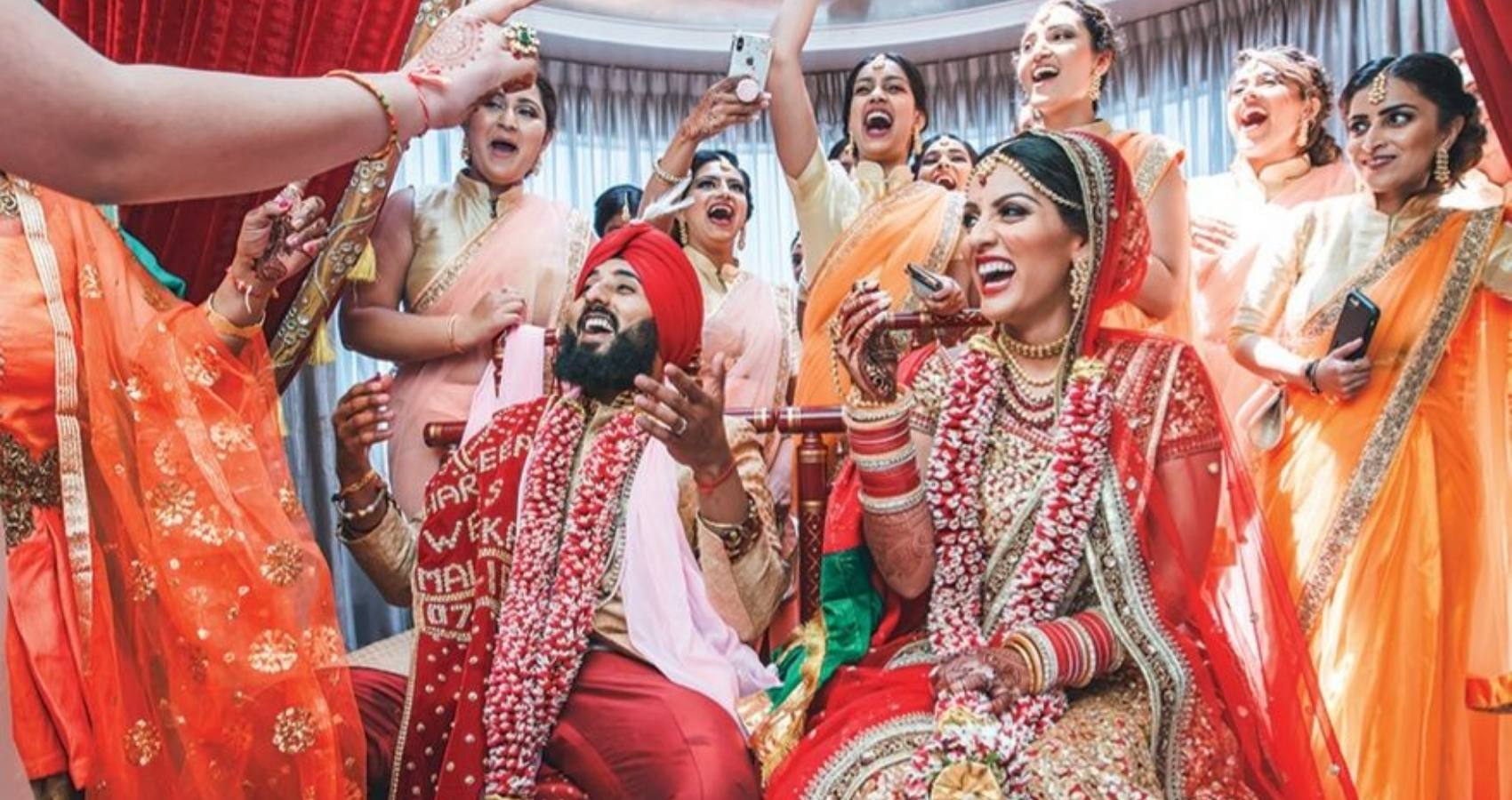

 The burden of fatal and nonfatal overdoses among those who inject drugs has also gone up sharply, according to CAMP’s research. Injection-related overdose deaths tripled from 2007 to 2018. Data also shows that there are about 40 nonfatal overdoses for every fatal overdose of IDU.
The burden of fatal and nonfatal overdoses among those who inject drugs has also gone up sharply, according to CAMP’s research. Injection-related overdose deaths tripled from 2007 to 2018. Data also shows that there are about 40 nonfatal overdoses for every fatal overdose of IDU. 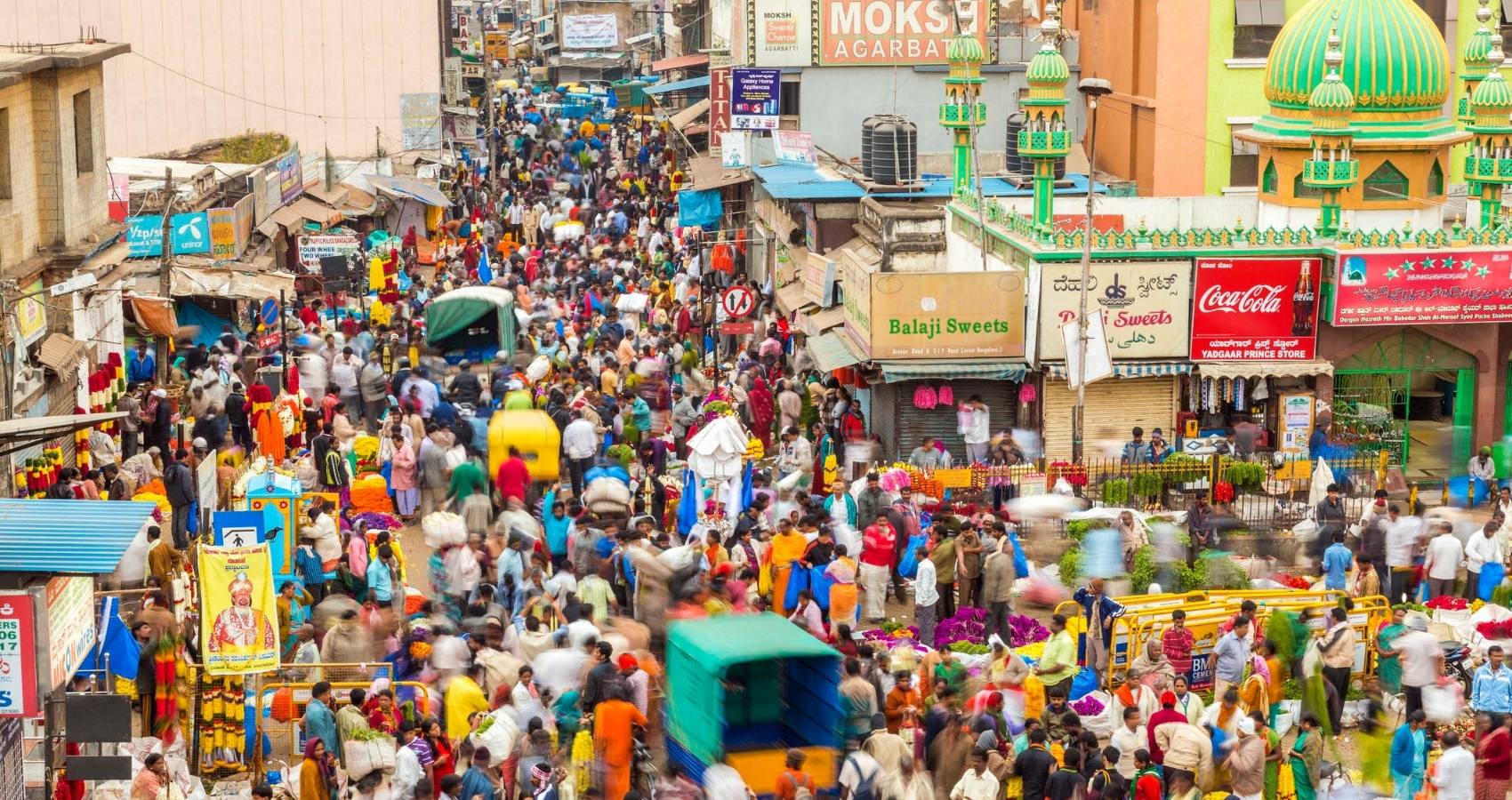
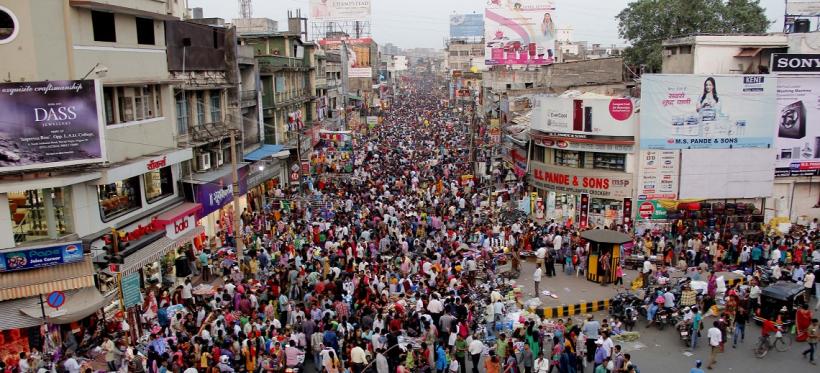 By this November, the planet will be home to 8 Billion people. That overall population milestone “is a reminder of our shared responsibility to care for our planet and a moment to reflect on where we still fall short of our commitments to one another,” Secretary General Antonio Guterres said, without citing specifics.
By this November, the planet will be home to 8 Billion people. That overall population milestone “is a reminder of our shared responsibility to care for our planet and a moment to reflect on where we still fall short of our commitments to one another,” Secretary General Antonio Guterres said, without citing specifics.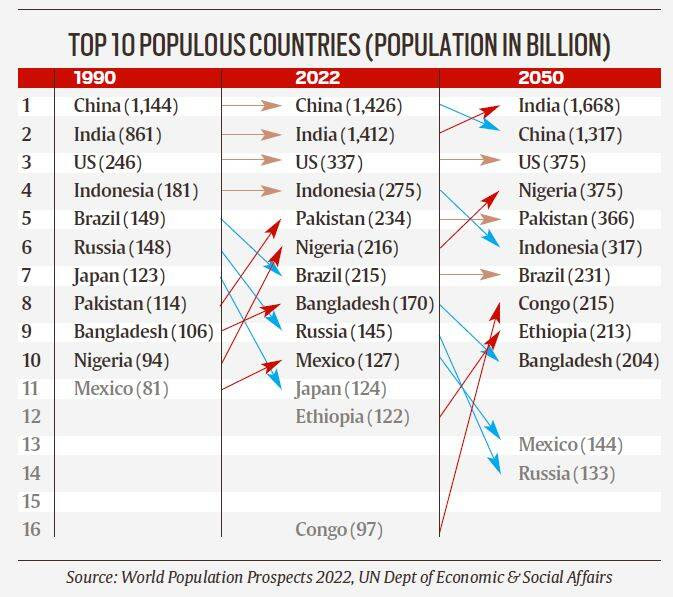 More than half the growth we will see in the next 30 years will happen in just eight countries – the Democratic Republic of the Congo, Egypt, Ethiopia, India, Nigeria, Pakistan, the Philippines and Tanzania.
More than half the growth we will see in the next 30 years will happen in just eight countries – the Democratic Republic of the Congo, Egypt, Ethiopia, India, Nigeria, Pakistan, the Philippines and Tanzania.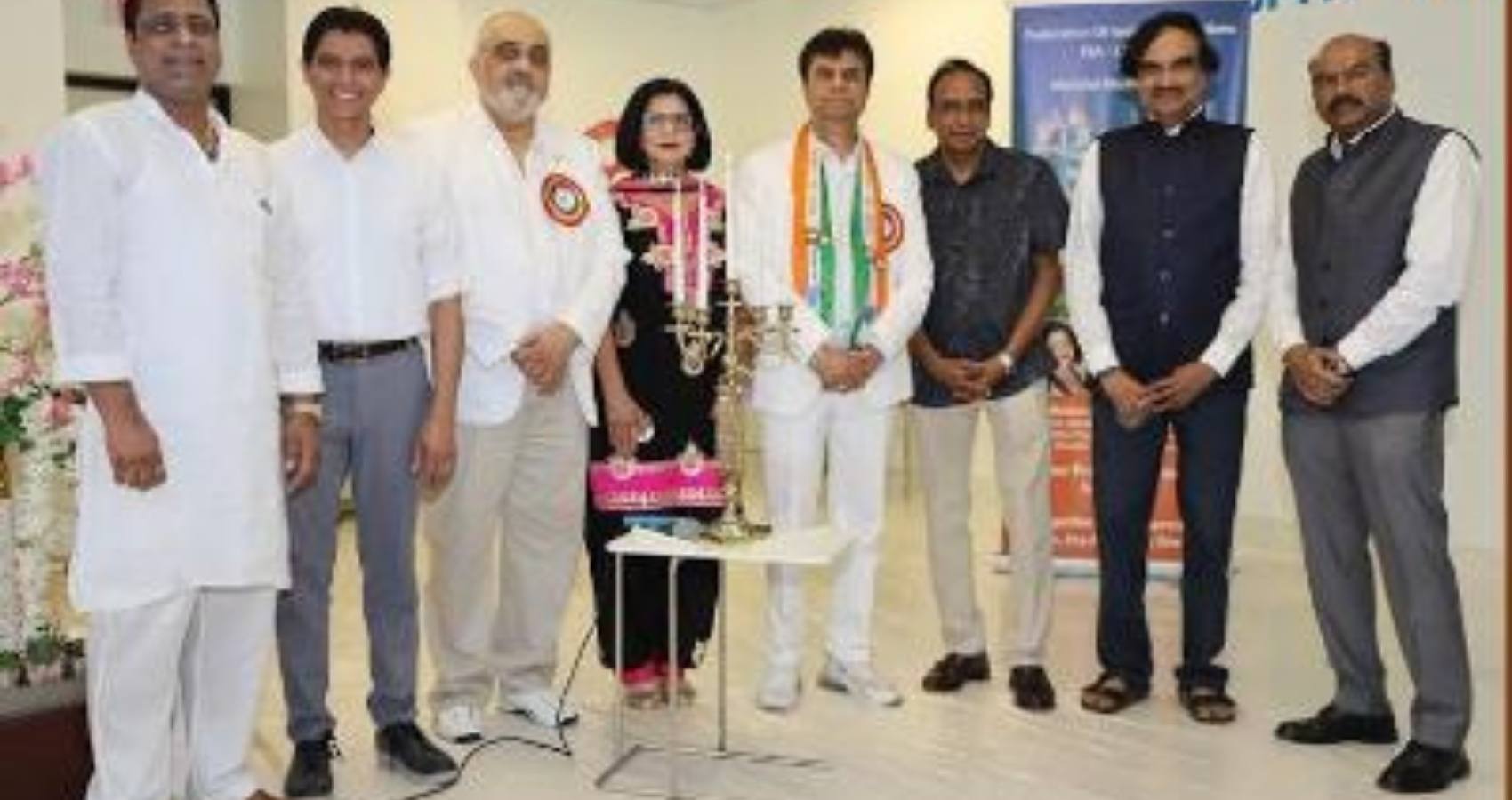
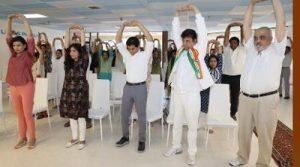 GOPIO-Manhattan Secretary Bhavya Gupta was the MC for the event which was hosted in the presence of Dr. Thomas Abraham, Chairman of GOPIO International as well as distinguished members of GOPIO International and its chapter officials from the Northeast of USA and many viewers from all over the world. The event was also supported by The Indian Panorama, Indian American Forum, GOPIO Chapters (New York, Central New York, Central Jersey, Edison and Connecticut).
GOPIO-Manhattan Secretary Bhavya Gupta was the MC for the event which was hosted in the presence of Dr. Thomas Abraham, Chairman of GOPIO International as well as distinguished members of GOPIO International and its chapter officials from the Northeast of USA and many viewers from all over the world. The event was also supported by The Indian Panorama, Indian American Forum, GOPIO Chapters (New York, Central New York, Central Jersey, Edison and Connecticut).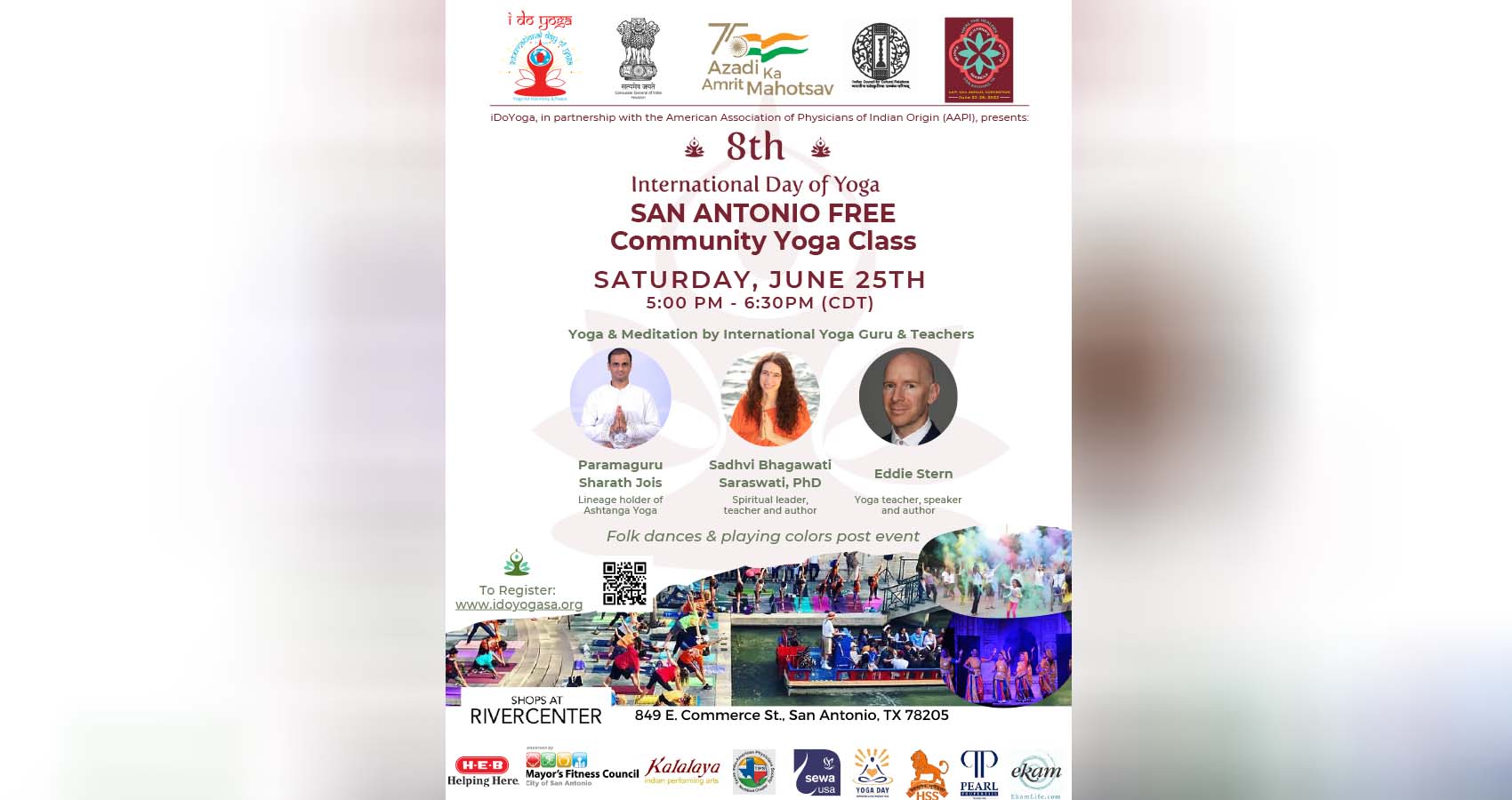
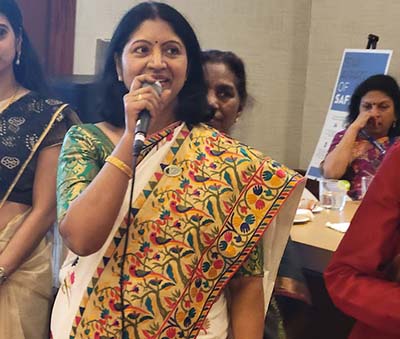 A major theme during the 40th annual convention is “Physician, heal thyself,” acknowledging and seeking to respond to the growing signs of burnout among physicians, by offering positive remedial resources as part of the first-ever Wellness Program being offered to participants at the 40th annual Convention of AAPI to be held in san Antonio from June 23rd to 26th, 2022 at Henry B Gonzalez Convention Center.
A major theme during the 40th annual convention is “Physician, heal thyself,” acknowledging and seeking to respond to the growing signs of burnout among physicians, by offering positive remedial resources as part of the first-ever Wellness Program being offered to participants at the 40th annual Convention of AAPI to be held in san Antonio from June 23rd to 26th, 2022 at Henry B Gonzalez Convention Center.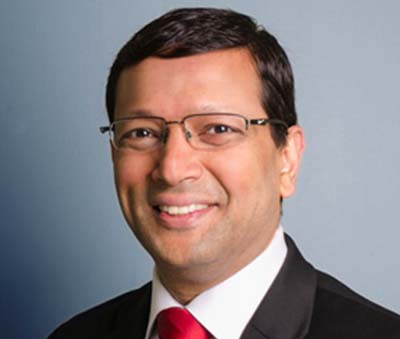 The Convention will honor India and its 75 years of Independence Day celebrations- co-sponsored by the Embassy of India & the Consulate General of India (CGI) – Houston.
The Convention will honor India and its 75 years of Independence Day celebrations- co-sponsored by the Embassy of India & the Consulate General of India (CGI) – Houston.
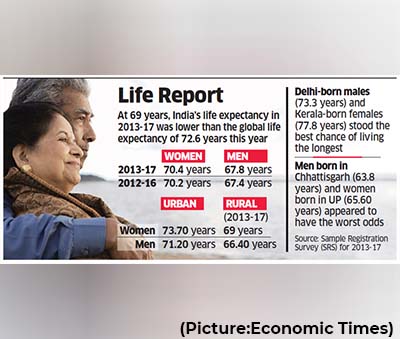 A look at life expectancy at age one and at age five in this period suggests high infant and under-five mortality could be the reason India finds it difficult to raise life expectancy at birth faster.
A look at life expectancy at age one and at age five in this period suggests high infant and under-five mortality could be the reason India finds it difficult to raise life expectancy at birth faster.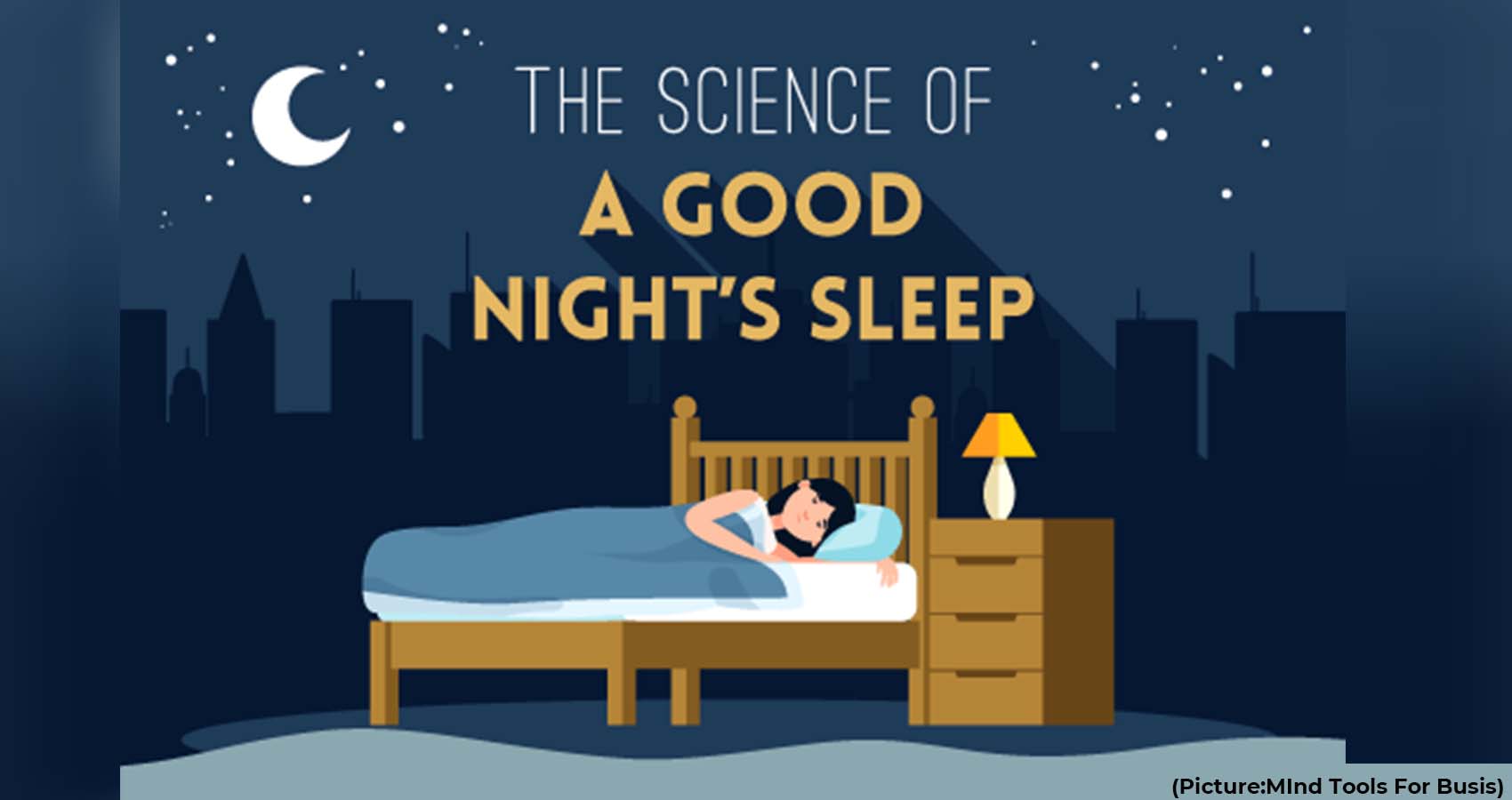
 If yes, this is probably because of your environment and poor pre-sleep discipline. To have the sleep that you are looking for, you need to work hard. Create an environment, which works best for you.
If yes, this is probably because of your environment and poor pre-sleep discipline. To have the sleep that you are looking for, you need to work hard. Create an environment, which works best for you.
 In recent years, major alcohol companies including
In recent years, major alcohol companies including 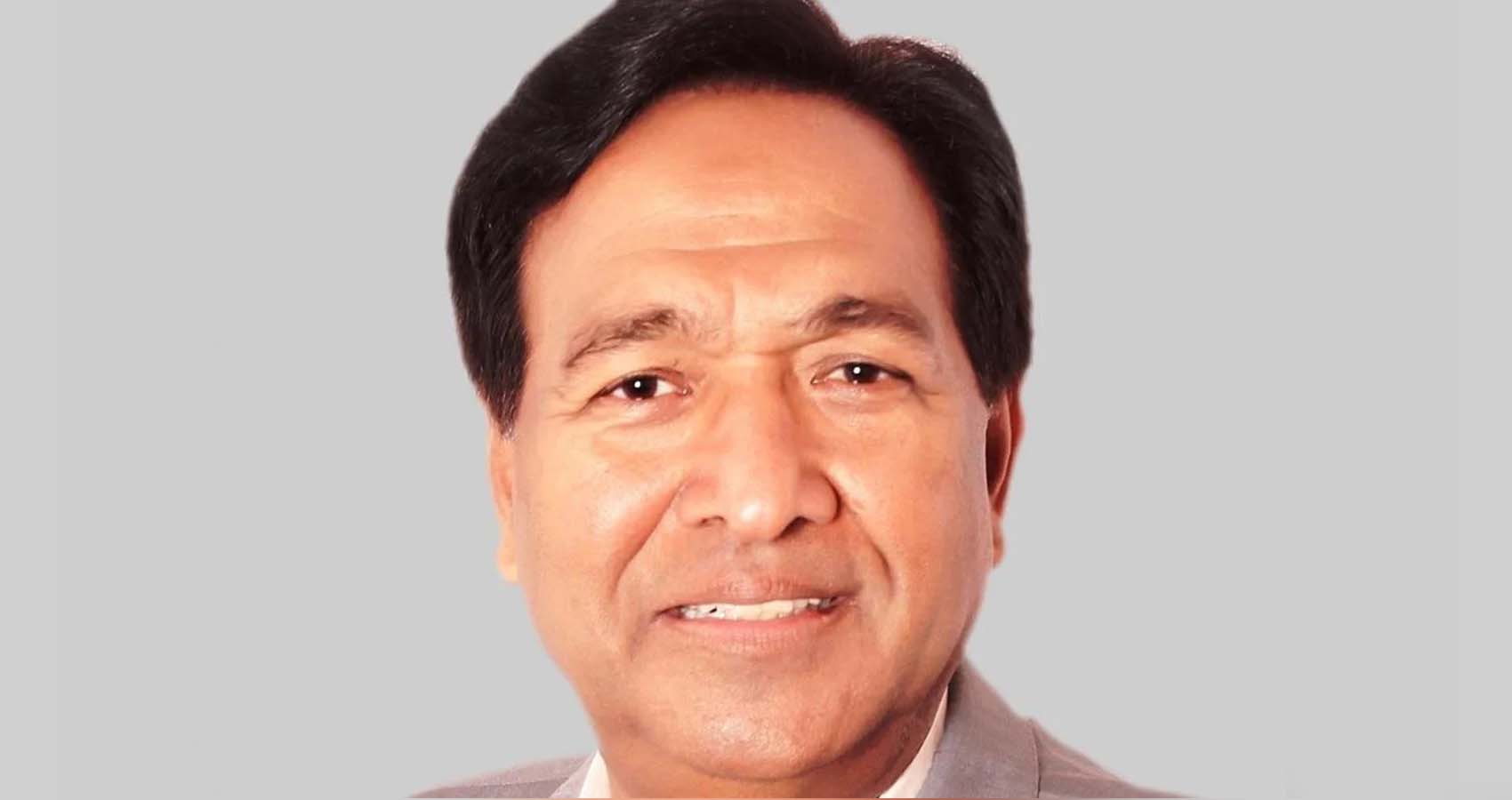
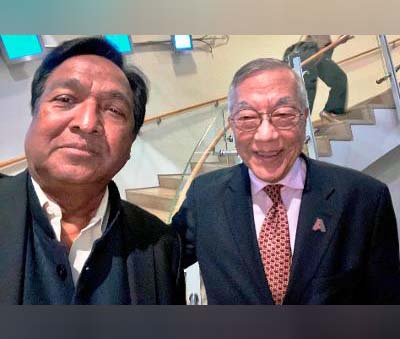 The event featured guest speakers from various fields such as civil rights, business, community, and nonprofit leaders to gather, speak, learn from and brainstorm with each other. The event unpinned the all important thought that when we engage in difficult conversations about unlearning prejudice acquired in our respective communities, when we work together and support each other, and when we speak with one voice, it is incredibly powerful.
The event featured guest speakers from various fields such as civil rights, business, community, and nonprofit leaders to gather, speak, learn from and brainstorm with each other. The event unpinned the all important thought that when we engage in difficult conversations about unlearning prejudice acquired in our respective communities, when we work together and support each other, and when we speak with one voice, it is incredibly powerful.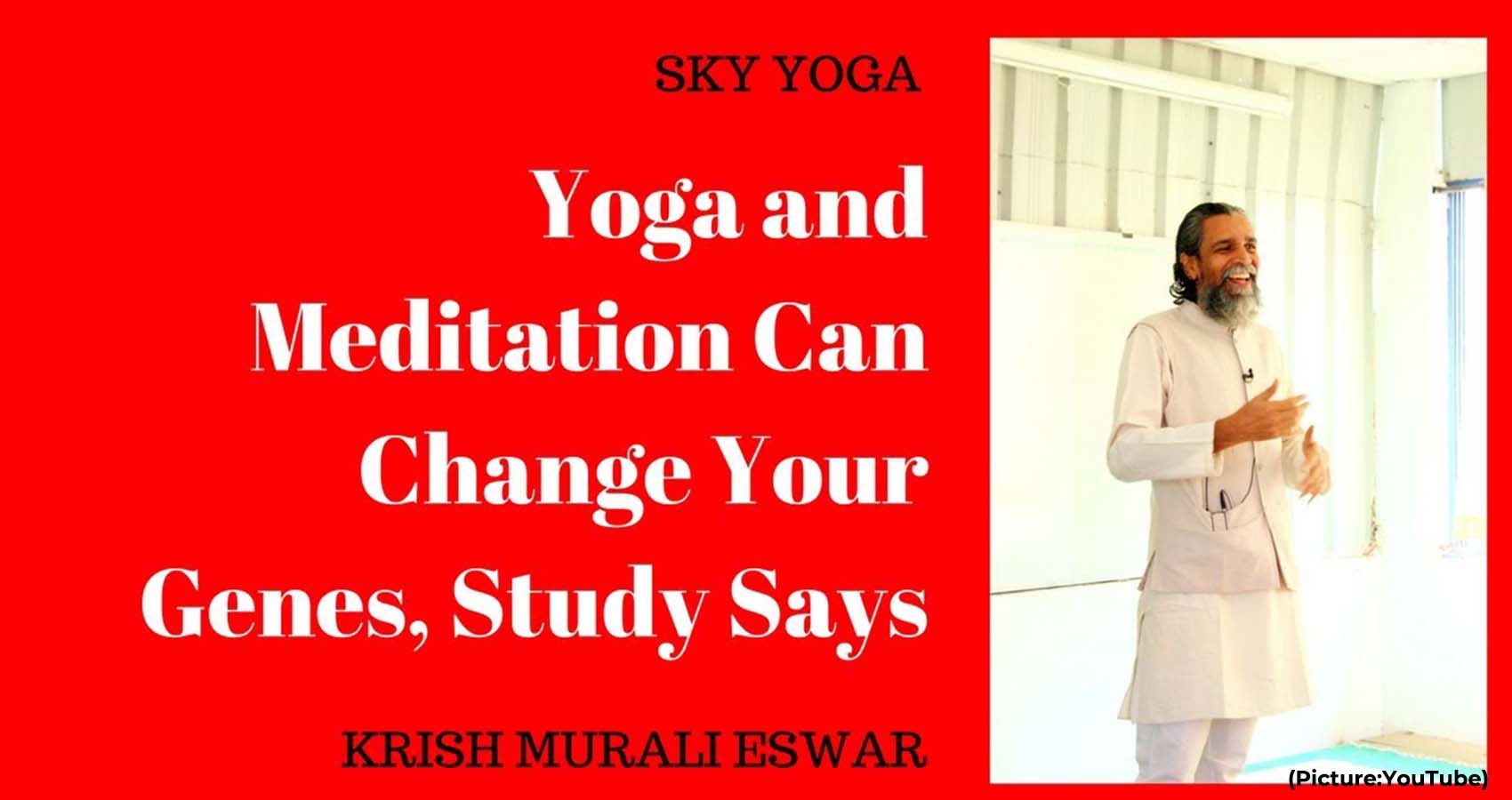

 That marks a significant departure from the disease’s typical pattern of spread in central and western Africa, where people are mainly infected by animals like wild rodents and primates and outbreaks have not spread across borders.
That marks a significant departure from the disease’s typical pattern of spread in central and western Africa, where people are mainly infected by animals like wild rodents and primates and outbreaks have not spread across borders.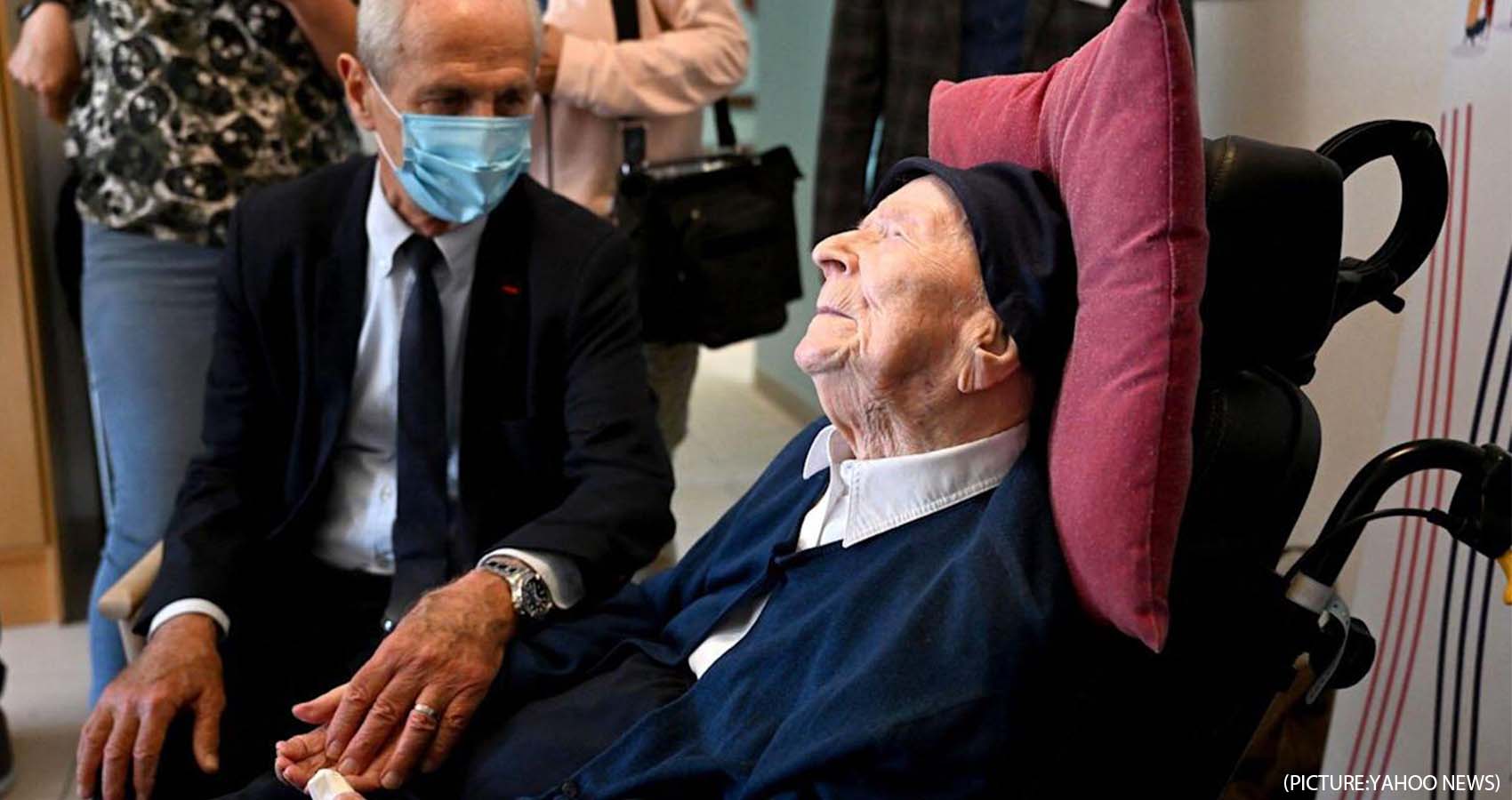
 Sister André enjoys chocolate and wine — and drinks a glass every day — her nursing home, Résidence Catherine Labouré, confirmed to CNN.
Sister André enjoys chocolate and wine — and drinks a glass every day — her nursing home, Résidence Catherine Labouré, confirmed to CNN.
 Newborns (0-3 months ): Sleep range narrowed to 14-17 hours each day (previously it was 12-18)
Newborns (0-3 months ): Sleep range narrowed to 14-17 hours each day (previously it was 12-18)
 With a brief exception in the summer of 2021, Covid-19 has consistently been one of the top three causes of death for the past two years in the US, an
With a brief exception in the summer of 2021, Covid-19 has consistently been one of the top three causes of death for the past two years in the US, an 
 We are constantly tethered to technology through our smartphones, tablets, computers, and even watches, and companies are pushing our psychological buttons to make us return for more. Constant distractions are ruining our cognitive functions and leaving many prone to anxiety and memory lapses. Overuse of digital media can also have detrimental effects on physical health. Too much smartphone usage can put a lot of pressure on the shoulders, neck, and spine. Technology overuse can also lead to strained injuries of the thumbs, fingers, and wrists. Overexposure to the blue light emitted by smartphones and computers can also interrupt the circadian clock, causing sleep issues.
We are constantly tethered to technology through our smartphones, tablets, computers, and even watches, and companies are pushing our psychological buttons to make us return for more. Constant distractions are ruining our cognitive functions and leaving many prone to anxiety and memory lapses. Overuse of digital media can also have detrimental effects on physical health. Too much smartphone usage can put a lot of pressure on the shoulders, neck, and spine. Technology overuse can also lead to strained injuries of the thumbs, fingers, and wrists. Overexposure to the blue light emitted by smartphones and computers can also interrupt the circadian clock, causing sleep issues.
 In a 2012
In a 2012 
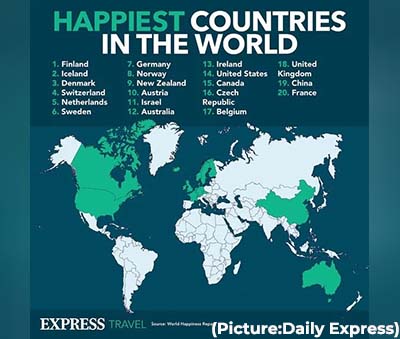 New Zealand
New Zealand
 Murphy said in his March 18th announcement: “This online, 30-credit graduate degree is an interdisciplinary program designed for leaders who are committed to personal, interpersonal, organizational, and societal happiness. Grounded in science and research, this new degree will study happiness and resilience to prepare graduates to make an impact in a wide range of fields.”
Murphy said in his March 18th announcement: “This online, 30-credit graduate degree is an interdisciplinary program designed for leaders who are committed to personal, interpersonal, organizational, and societal happiness. Grounded in science and research, this new degree will study happiness and resilience to prepare graduates to make an impact in a wide range of fields.”
 ‘Research shows that high national ranking on these surveys is not so much about culture,’ Martela notes. ‘It’s more about how a country’s institutions take care of their people – this leads to higher ratings of life satisfaction.’
‘Research shows that high national ranking on these surveys is not so much about culture,’ Martela notes. ‘It’s more about how a country’s institutions take care of their people – this leads to higher ratings of life satisfaction.’
 Instead, Ostrander encourages couples to pinpoint what triggers this repetitive fight, and try out ways to
Instead, Ostrander encourages couples to pinpoint what triggers this repetitive fight, and try out ways to 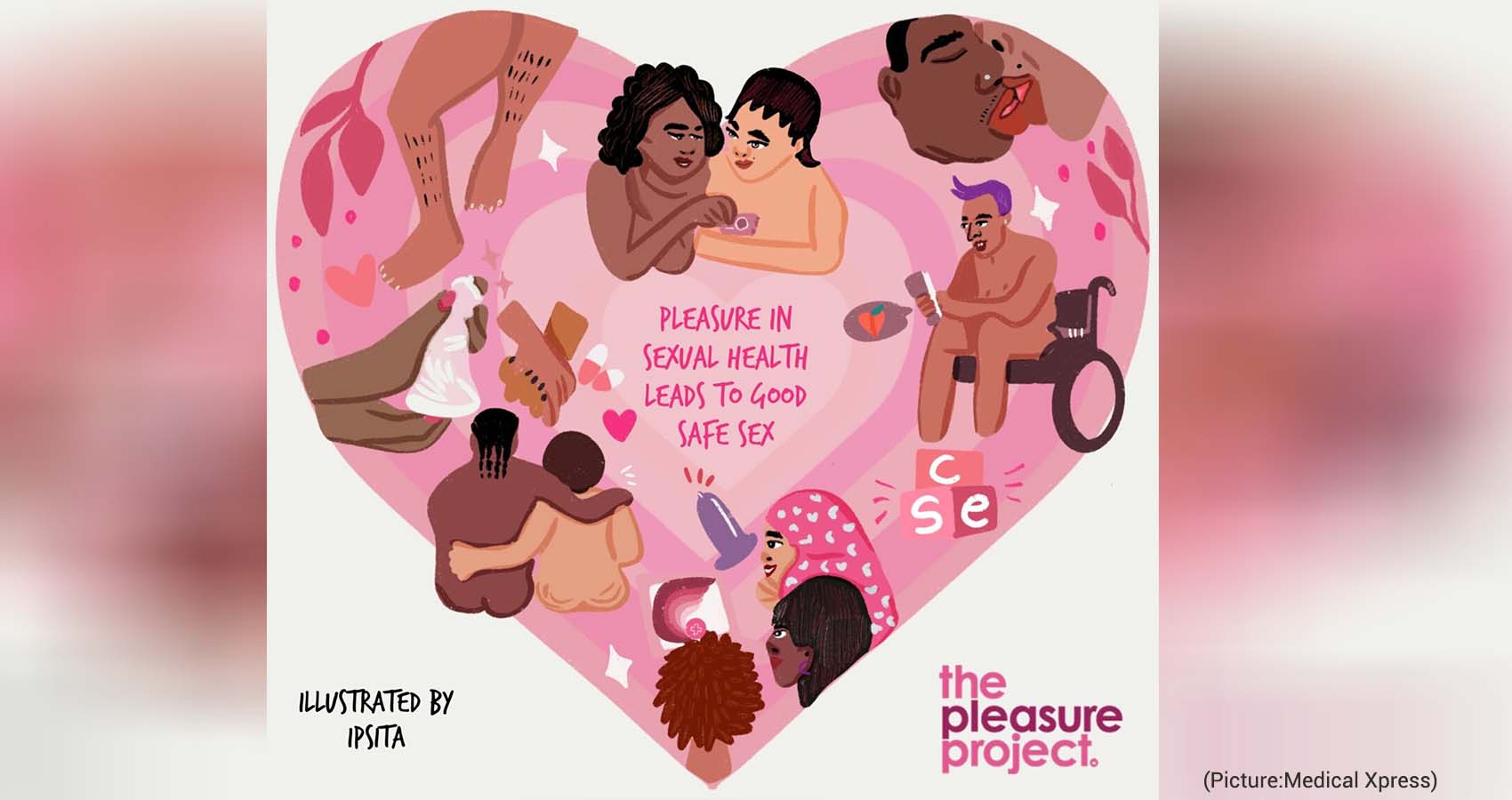

 Last year’s survey was also the first time that the percentage of Americans who had sex once a month or less topped 50%. In 1989, 35% of American adults had sex once a month or less.
Last year’s survey was also the first time that the percentage of Americans who had sex once a month or less topped 50%. In 1989, 35% of American adults had sex once a month or less.

 The research team studied 41,500 adult drinkers in Scotland and more than 250,000 adult drinkers in England, focusing on the original March 2020 lockdown, the easing of restrictions in July 2020 and the onset of further restrictions in September 2020 until December 2020.
The research team studied 41,500 adult drinkers in Scotland and more than 250,000 adult drinkers in England, focusing on the original March 2020 lockdown, the easing of restrictions in July 2020 and the onset of further restrictions in September 2020 until December 2020.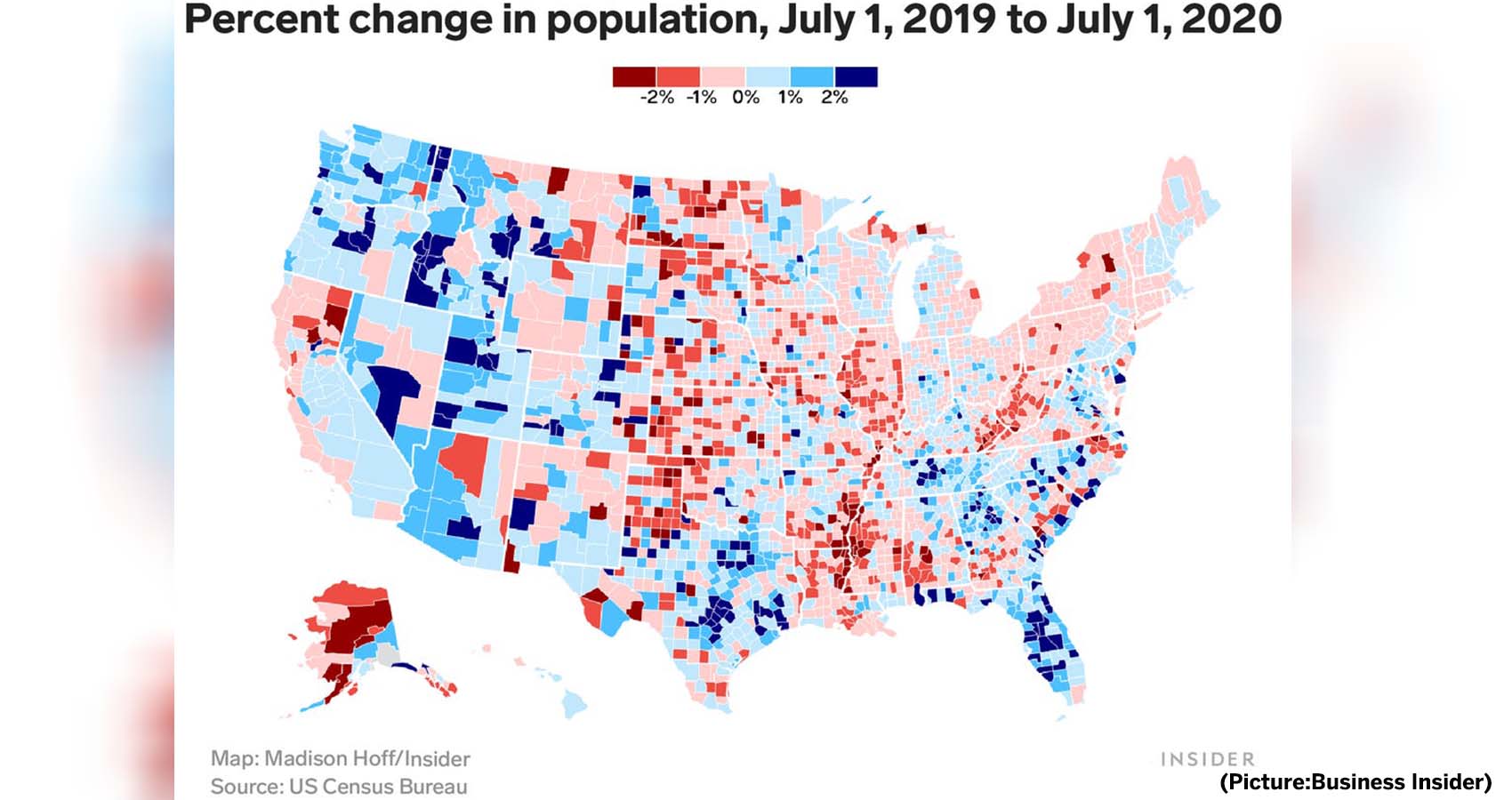
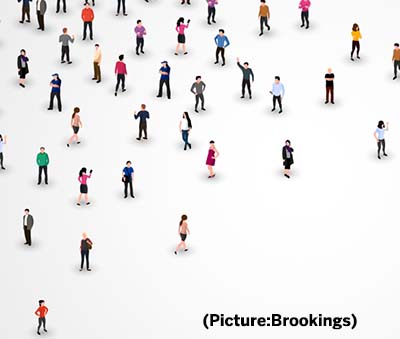 The unprecedented near cessation of U.S. population growth is depicted in Figure 1, which charts annual growth rates in the 121-year period from 1900 to 2021. Over this time, the nation experienced wide variations in growth, resulting from wars, economic booms and busts, as well as changing fertility and immigration patterns.
The unprecedented near cessation of U.S. population growth is depicted in Figure 1, which charts annual growth rates in the 121-year period from 1900 to 2021. Over this time, the nation experienced wide variations in growth, resulting from wars, economic booms and busts, as well as changing fertility and immigration patterns.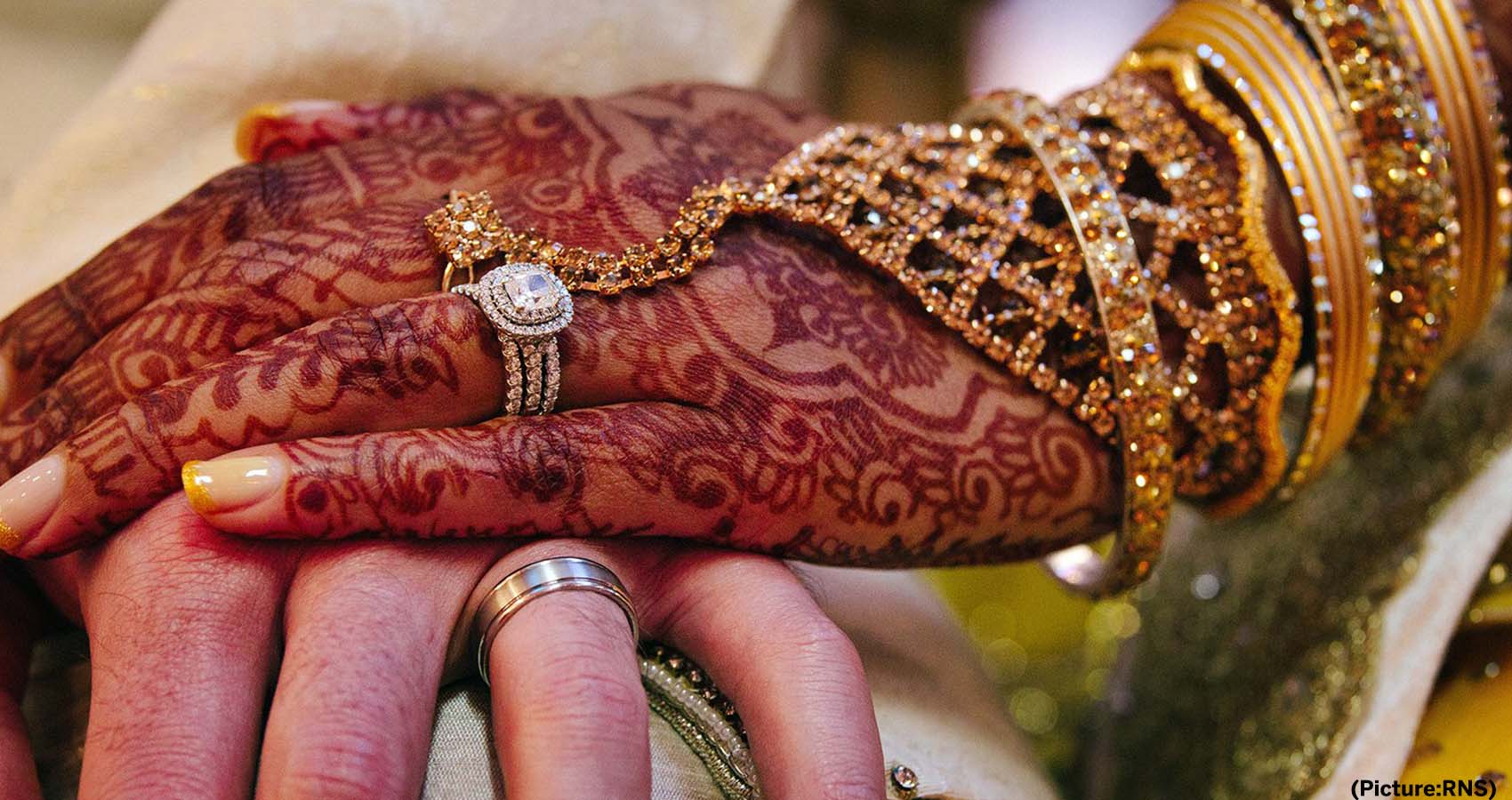
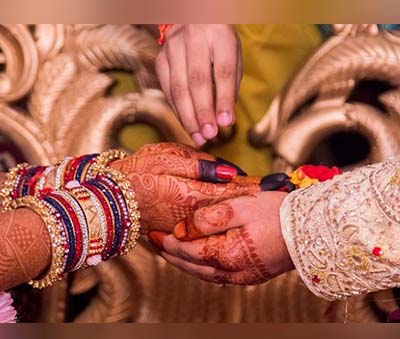 My family traces its lineage to the Southern Indian state of Tamil Nadu, where our faith was shaped by thousands of years of rituals and rites of worship, some of them germane only to Tamils.
My family traces its lineage to the Southern Indian state of Tamil Nadu, where our faith was shaped by thousands of years of rituals and rites of worship, some of them germane only to Tamils.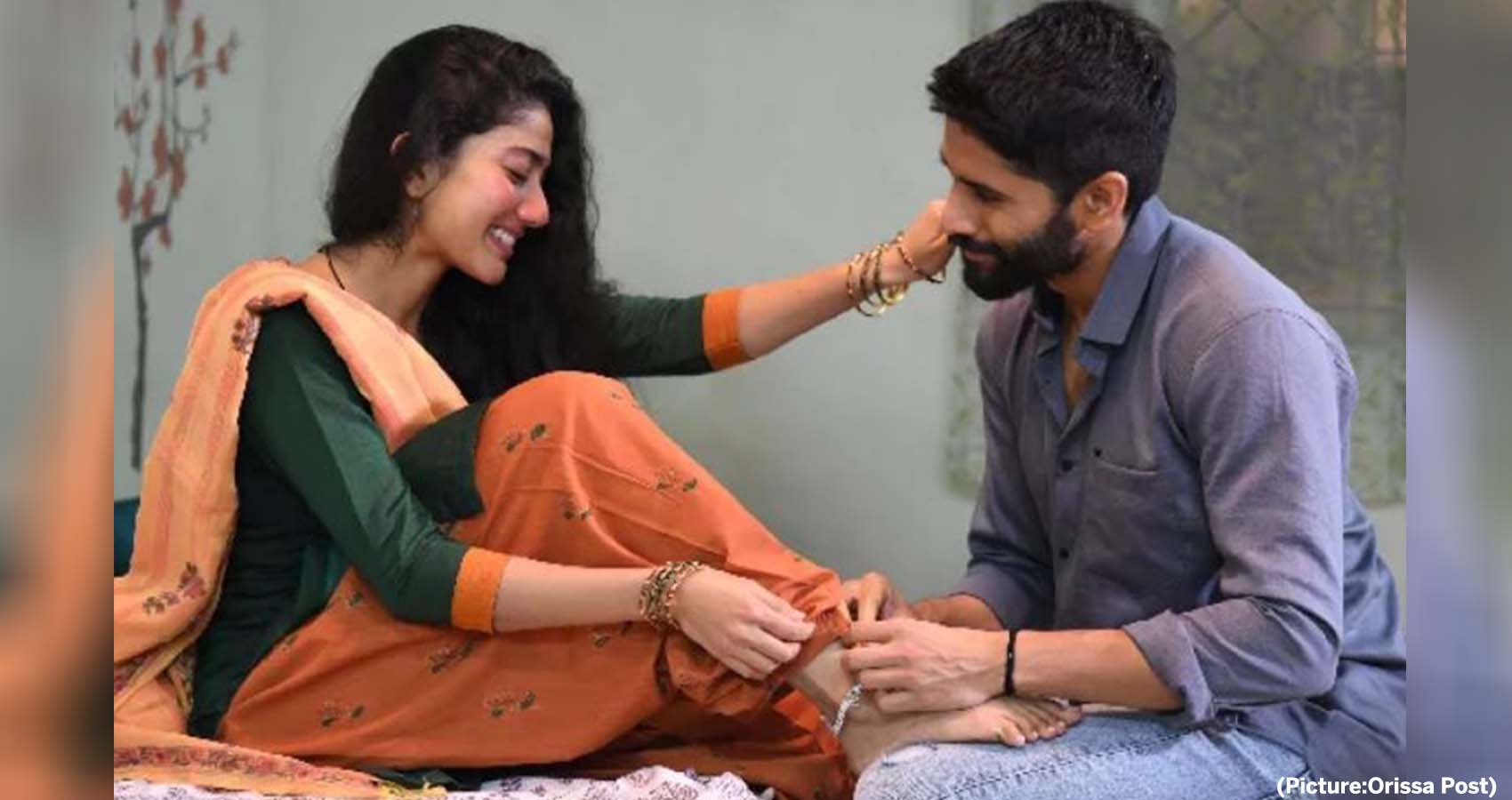
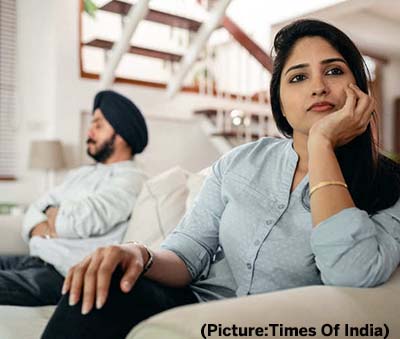 Romance: It’s all about the romance in the movies: the flowers, the fancy dinners, the mansion and valuing your life over his. It’s critical to value romance. Small things, on the other hand, are what keep it going. It’s something that both parties should work on. Do you get up early to say your goodbyes before he goes for work? When he arrives home, do you get a kiss? Even after courtship, if you practice simple things, the spark will stay. It’s up to you both to keep it alive.
Romance: It’s all about the romance in the movies: the flowers, the fancy dinners, the mansion and valuing your life over his. It’s critical to value romance. Small things, on the other hand, are what keep it going. It’s something that both parties should work on. Do you get up early to say your goodbyes before he goes for work? When he arrives home, do you get a kiss? Even after courtship, if you practice simple things, the spark will stay. It’s up to you both to keep it alive.
 While the epidemic has caused certain mental problems, it can never be regarded casually. It is necessary to maintain vigilance since lives are at stake. A decent strategy would be to keep the interactions online for as long as feasible and then organise for ‘meets-in-person’ when the pain of nostalgia becomes too much to bear. Men and women can communicate via phone conversations, chats, and video calls while also planning meet-ups at a favourite hangout.
While the epidemic has caused certain mental problems, it can never be regarded casually. It is necessary to maintain vigilance since lives are at stake. A decent strategy would be to keep the interactions online for as long as feasible and then organise for ‘meets-in-person’ when the pain of nostalgia becomes too much to bear. Men and women can communicate via phone conversations, chats, and video calls while also planning meet-ups at a favourite hangout.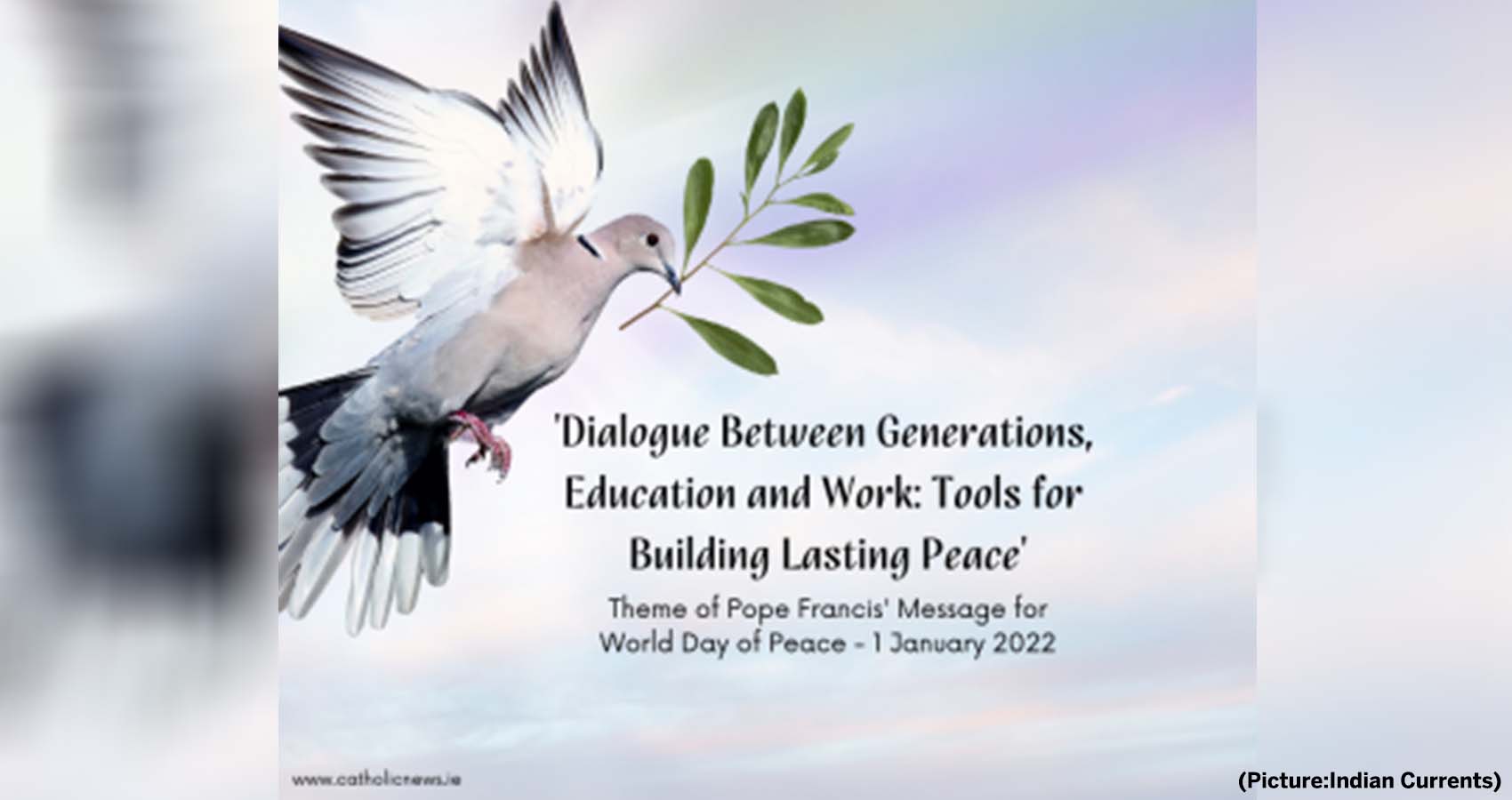
 Pope Francis proposes three paths for building lasting peace. First, Dialogue between Generations, second, Education and third Work. A word on each:
Pope Francis proposes three paths for building lasting peace. First, Dialogue between Generations, second, Education and third Work. A word on each:
 The researchers found that the highest levels of inflammatory markers in men were found in those who had experienced the most partnership breakups. Inflammatory markers were up to 12% higher in the group who had spent seven or more years living alone.
The researchers found that the highest levels of inflammatory markers in men were found in those who had experienced the most partnership breakups. Inflammatory markers were up to 12% higher in the group who had spent seven or more years living alone.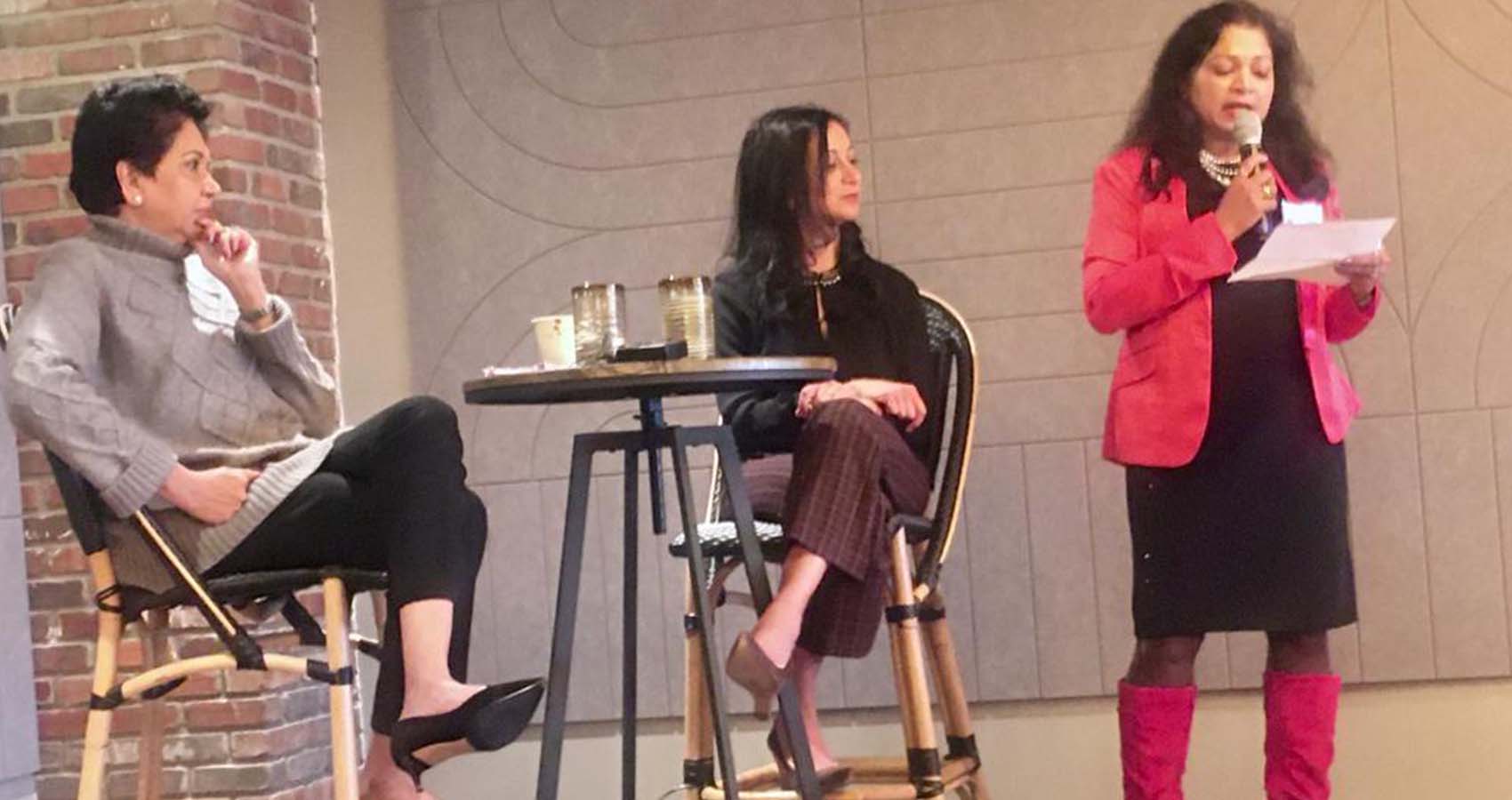
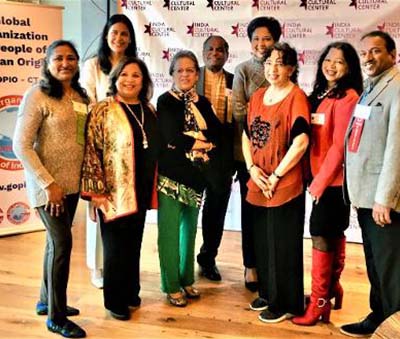 It was a sold-out program, according to a press release, to hear the famous Indian-American CEO, who is a national icon in the U.S., especially for women and immigrants to this country.
It was a sold-out program, according to a press release, to hear the famous Indian-American CEO, who is a national icon in the U.S., especially for women and immigrants to this country.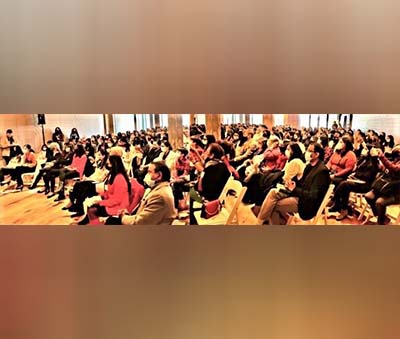 The discussion was moderated by ICC Director Mudita Bhargava, who asked a range of questions. Bhargava is also a Vice Chairman of the Connecticut Democratic Party.
The discussion was moderated by ICC Director Mudita Bhargava, who asked a range of questions. Bhargava is also a Vice Chairman of the Connecticut Democratic Party.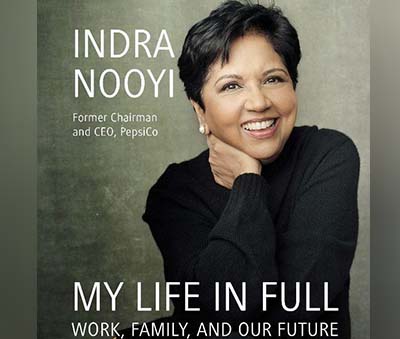 On the role of technology in our lives, Nooyi said that one needs to juggle priorities to balance work and families. On mental health, Nooyi has said “There’s a stigma attached to it, we deny this issue, however we should talk about mental health and support those dealing with it.”
On the role of technology in our lives, Nooyi said that one needs to juggle priorities to balance work and families. On mental health, Nooyi has said “There’s a stigma attached to it, we deny this issue, however we should talk about mental health and support those dealing with it.”
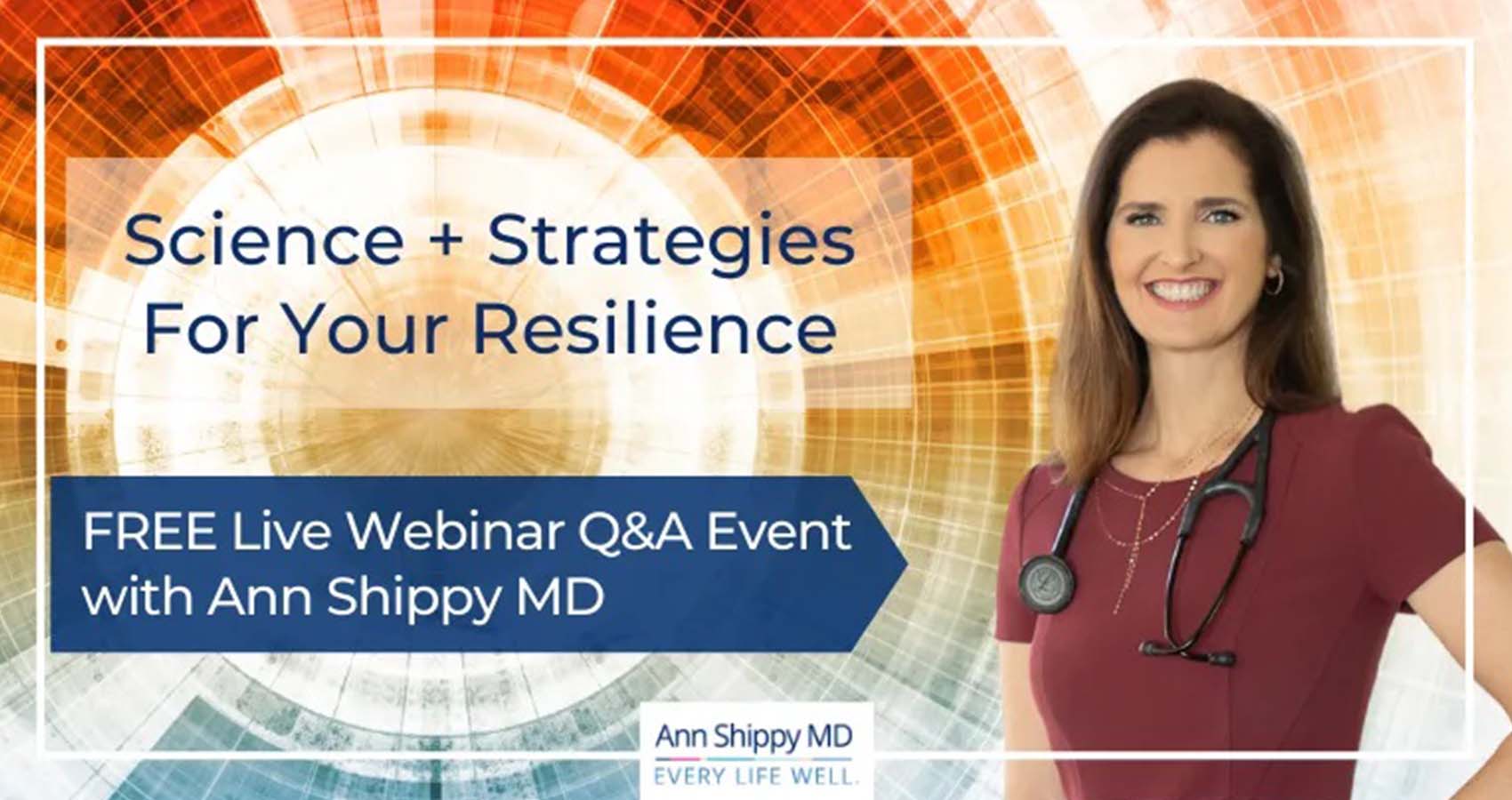
 In a series of over 25 comprehensive videos, Dr. Shippy shares her recommendations and action steps on what you can do now to help prepare your body so that you’ll be better equipped to resist and fight infection. This program includes everything from diet recommendations, treatment protocols and lifestyle choices to help you elevate and improve your immune system naturally while helping to support lifelong wellness.
In a series of over 25 comprehensive videos, Dr. Shippy shares her recommendations and action steps on what you can do now to help prepare your body so that you’ll be better equipped to resist and fight infection. This program includes everything from diet recommendations, treatment protocols and lifestyle choices to help you elevate and improve your immune system naturally while helping to support lifelong wellness.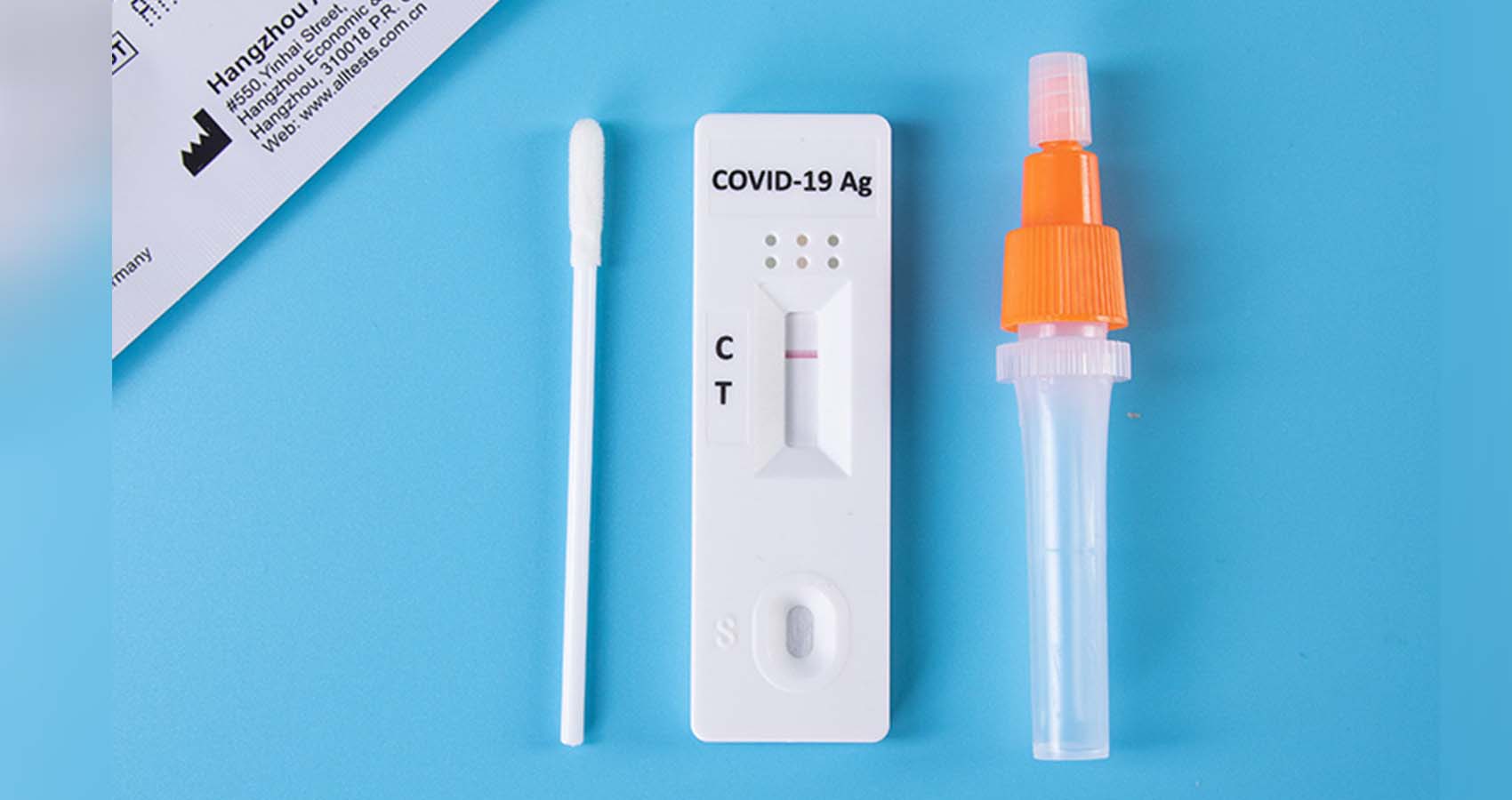
 “The information people decide to expose themselves to has important consequences for their health, finance and relationships. By better understanding why people choose to get informed, we could develop ways to convince people to educate themselves.”
“The information people decide to expose themselves to has important consequences for their health, finance and relationships. By better understanding why people choose to get informed, we could develop ways to convince people to educate themselves.”
 Globally, more than a billion people suffer from hypertension (high blood pressure), putting them at greater risk of
Globally, more than a billion people suffer from hypertension (high blood pressure), putting them at greater risk of 
 The new data has been welcomed, and is hailed as a heartening signal by government officials and researchers in a country that is expected to overtake China to become the world’s most populous sometime this decade. Since the mid-20th century, Indian leaders have tried to curb high birthrates, which are often reversely correlated with women’s welfare metrics and economic progress. A burgeoning population is seen, in the longer term, as a hurdle to development and a driver of environmental degradation and greenhouse gas emissions.
The new data has been welcomed, and is hailed as a heartening signal by government officials and researchers in a country that is expected to overtake China to become the world’s most populous sometime this decade. Since the mid-20th century, Indian leaders have tried to curb high birthrates, which are often reversely correlated with women’s welfare metrics and economic progress. A burgeoning population is seen, in the longer term, as a hurdle to development and a driver of environmental degradation and greenhouse gas emissions.
 “The things we hold sacred unite us and transcend distance, time, and even the constraints of a pandemic: faith, family, and friendship; a love of the arts, learning, and nature; gratitude, service, and community; unity and peace. These are the gifts that tie together the heart strings of our lives.”
“The things we hold sacred unite us and transcend distance, time, and even the constraints of a pandemic: faith, family, and friendship; a love of the arts, learning, and nature; gratitude, service, and community; unity and peace. These are the gifts that tie together the heart strings of our lives.” The Red Room, decorated to represent the gift of the performing arts, includes brass instruments hanging from the mantel. Ballet slippers, tap shoes and musical notes are strung around the tree.
The Red Room, decorated to represent the gift of the performing arts, includes brass instruments hanging from the mantel. Ballet slippers, tap shoes and musical notes are strung around the tree.
 Responses to the question, “In your opinion, is a husband justified in hitting or beating his wife…,” from as many as 18 states and Jammu and Kashmir are telling.
Responses to the question, “In your opinion, is a husband justified in hitting or beating his wife…,” from as many as 18 states and Jammu and Kashmir are telling.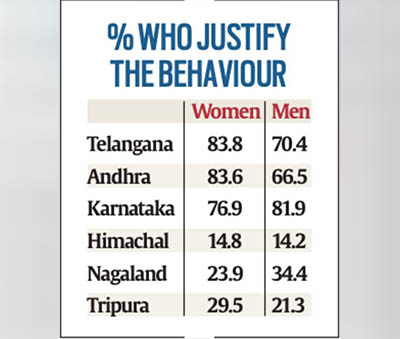 Data from the NFHS-4 (2015-2016) for the entire country released in January 2018 said that while 52 per cent of women surveyed believed it was reasonable for a husband to beat his wife, only 42 per cent of men agreed with it.
Data from the NFHS-4 (2015-2016) for the entire country released in January 2018 said that while 52 per cent of women surveyed believed it was reasonable for a husband to beat his wife, only 42 per cent of men agreed with it.
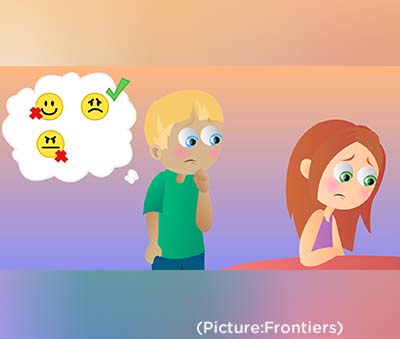 In recent years, researchers have criticised mindreading for being too complicated and demanding to be a common strategy for understanding other people. Julia Wolf provides an example of mindreading: “When I see someone running towards a bus, I infer that this person has the desire to catch the bus,” she says. “In doing so, I can either picture myself in their situation, or draw on my knowledge of general principles regarding the behaviour of others.”
In recent years, researchers have criticised mindreading for being too complicated and demanding to be a common strategy for understanding other people. Julia Wolf provides an example of mindreading: “When I see someone running towards a bus, I infer that this person has the desire to catch the bus,” she says. “In doing so, I can either picture myself in their situation, or draw on my knowledge of general principles regarding the behaviour of others.”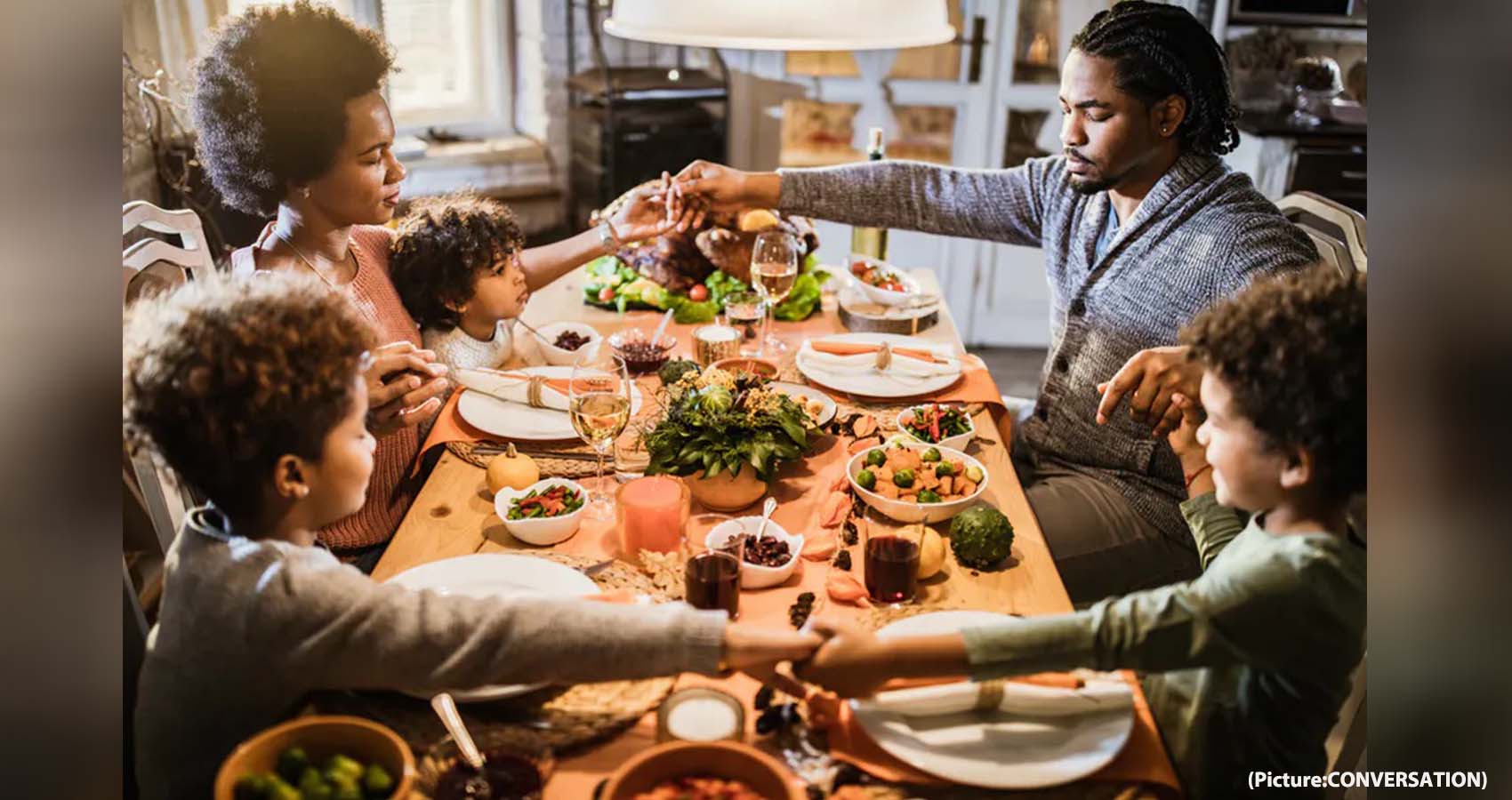
 Americans are known the world over for saying “thank you”
Americans are known the world over for saying “thank you”  In American English, many of the expressions of gratitude are couched in transactional language that involves expressions of
In American English, many of the expressions of gratitude are couched in transactional language that involves expressions of 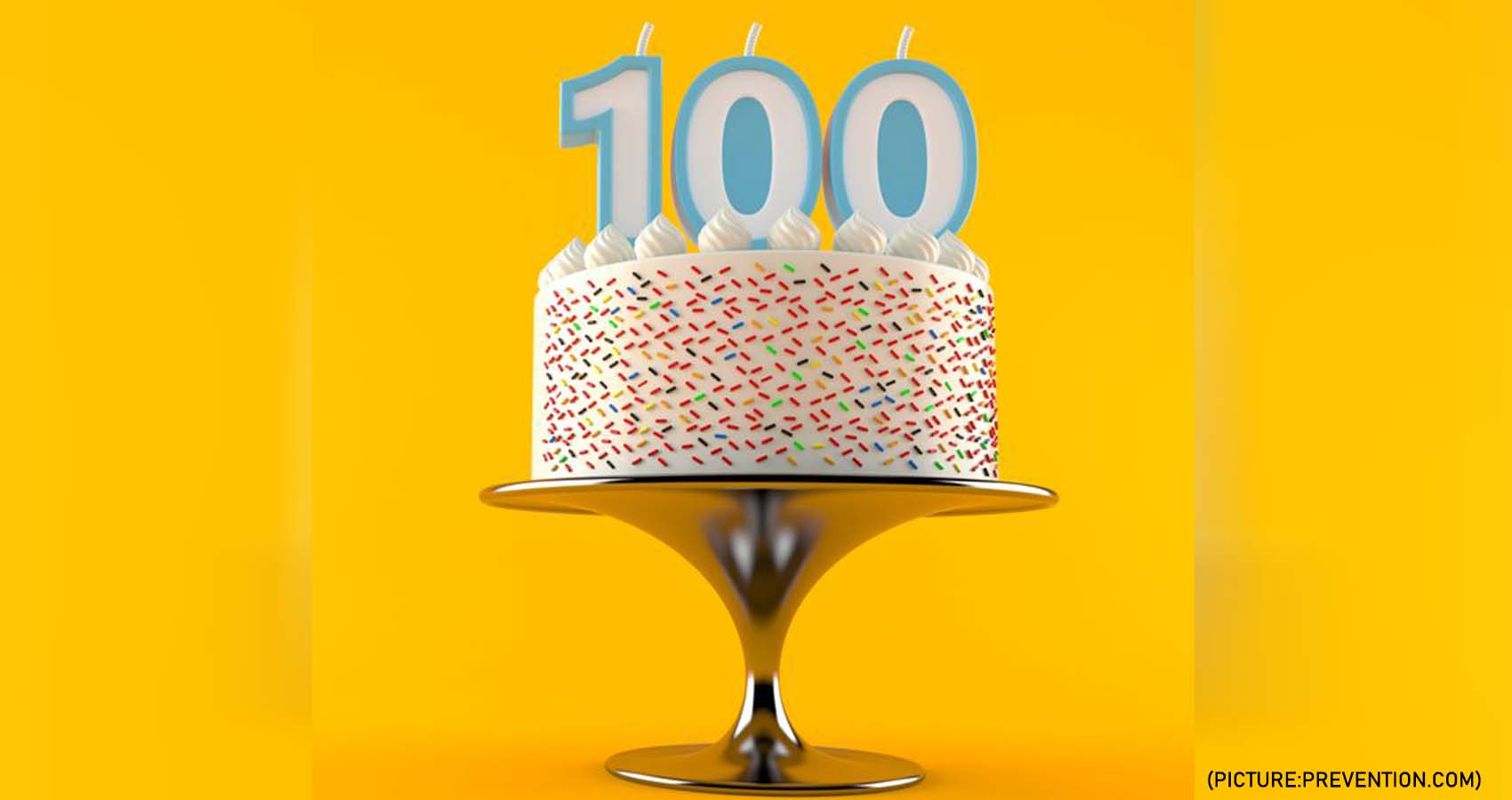
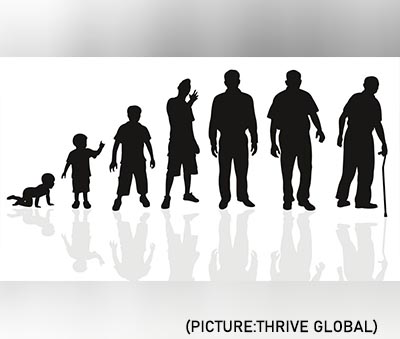 It was published in the ‘Nature Communications Journal’. Insulin and insulin-like growth factor-1 (IGF-1) signalling (IIS) is one of the evolutionarily conserved ageing-modulatory pathways present in life forms ranging from tiny roundworms to humans. The proper reduction of IIS leads to longevity in animals but often causes defects in multiple health parameters including impaired motility, reproduction, and growth.
It was published in the ‘Nature Communications Journal’. Insulin and insulin-like growth factor-1 (IGF-1) signalling (IIS) is one of the evolutionarily conserved ageing-modulatory pathways present in life forms ranging from tiny roundworms to humans. The proper reduction of IIS leads to longevity in animals but often causes defects in multiple health parameters including impaired motility, reproduction, and growth.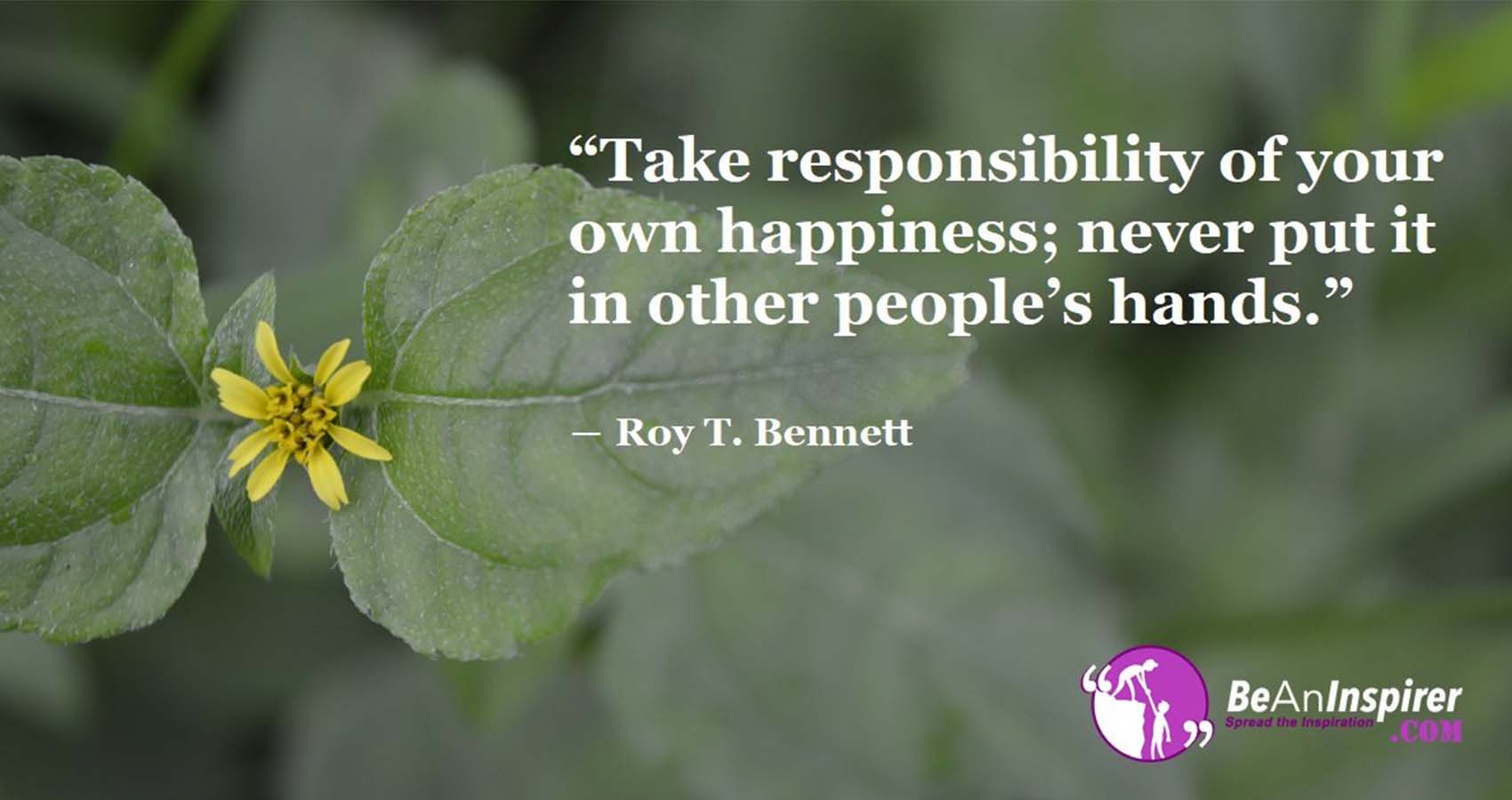
 Happiness can only grow and flourish in a peaceful, positive, pure and powerful mind and it will die in a mental atmosphere filled with the obstacles of negativity, anger, criticism, arrogance or depression. It is as if many of us have forgotten our original positive qualities and we have been overtaken by the negative qualities that are prevalent in our world today.
Happiness can only grow and flourish in a peaceful, positive, pure and powerful mind and it will die in a mental atmosphere filled with the obstacles of negativity, anger, criticism, arrogance or depression. It is as if many of us have forgotten our original positive qualities and we have been overtaken by the negative qualities that are prevalent in our world today.
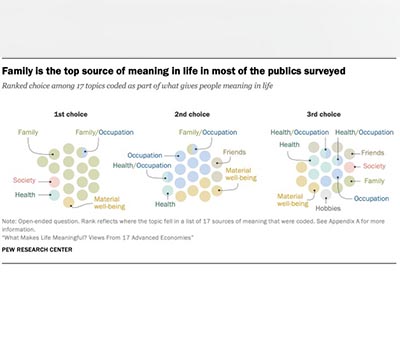


 Younger people tend to emphasize their friends, education and hobbies as sources of meaning more so than older people. For their part, older people are more likely to discuss retirement and health than younger ones. Older people are also somewhat more likely to discuss challenges and negative things when discussing what gives them meaning than younger ones.
Younger people tend to emphasize their friends, education and hobbies as sources of meaning more so than older people. For their part, older people are more likely to discuss retirement and health than younger ones. Older people are also somewhat more likely to discuss challenges and negative things when discussing what gives them meaning than younger ones.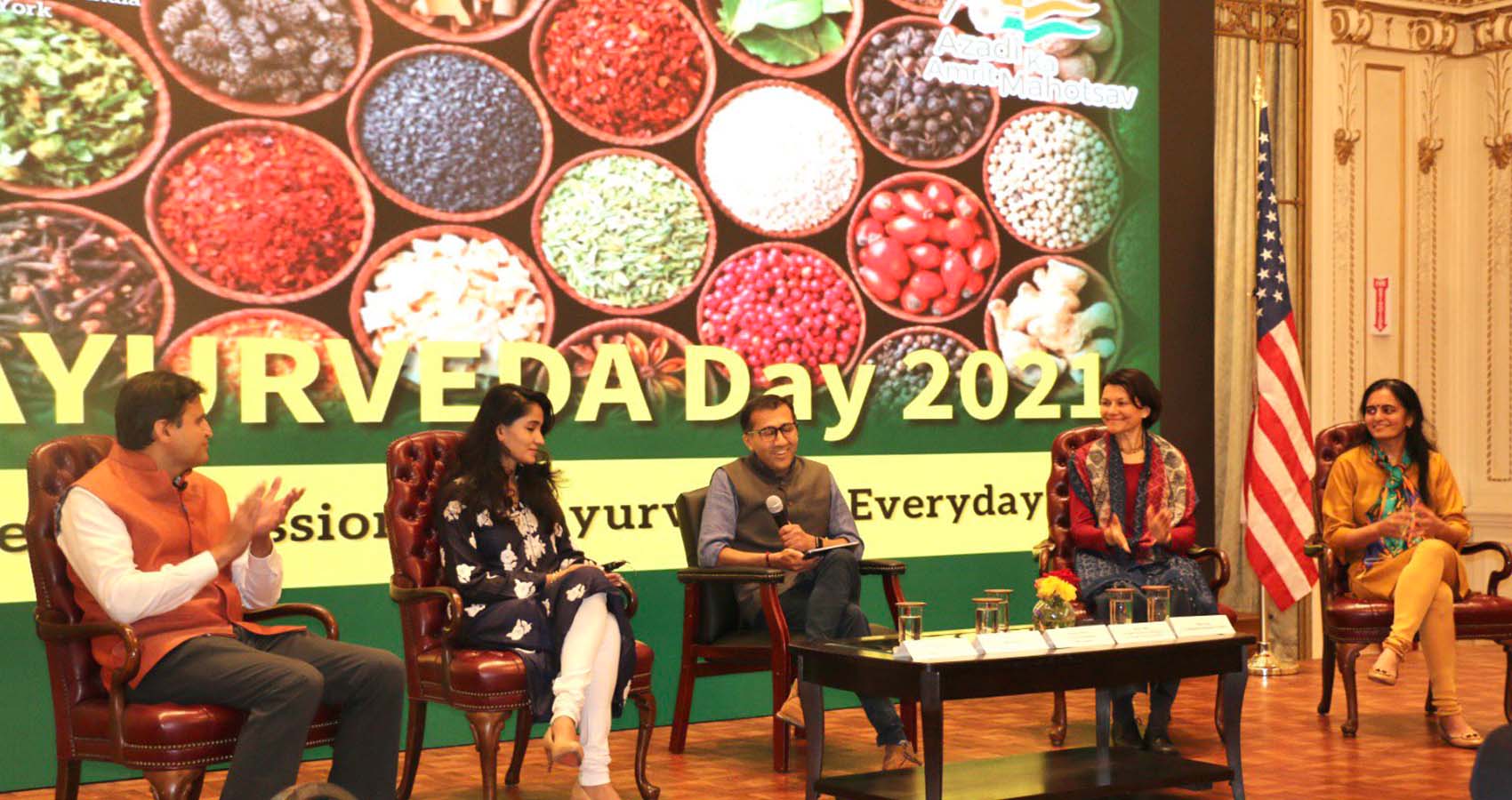
 In this regard, he highlighted some data points from the WHO Global Report on Traditional and Complementary Medicine 2019 – number of countries with national policy on traditional and complementary medicine has increased from 25 in 1998 to 98 in 2019 and countries with health insurance cover for traditional and complementary medicine has increased from 37 in 2012 to 45 in 2018. Consul General underlined the vast network of scientific studies being undertaken on Ayurveda in universities in the United States and in research ecosystems across the world including in India.
In this regard, he highlighted some data points from the WHO Global Report on Traditional and Complementary Medicine 2019 – number of countries with national policy on traditional and complementary medicine has increased from 25 in 1998 to 98 in 2019 and countries with health insurance cover for traditional and complementary medicine has increased from 37 in 2012 to 45 in 2018. Consul General underlined the vast network of scientific studies being undertaken on Ayurveda in universities in the United States and in research ecosystems across the world including in India.

 Those questions and many more like them are completely valid and worthwhile to ask. But until about 10 years ago, my answer was something like, “It is statistically difficult, if not impossible, to answer with any degree of accuracy.” (This is how quantitative scholars talk.) Until the mid-2000s, the data that most researchers had available was limited in ways that made many potential areas of inquiry problematic.
Those questions and many more like them are completely valid and worthwhile to ask. But until about 10 years ago, my answer was something like, “It is statistically difficult, if not impossible, to answer with any degree of accuracy.” (This is how quantitative scholars talk.) Until the mid-2000s, the data that most researchers had available was limited in ways that made many potential areas of inquiry problematic.
 When you’re dating someone new, the romance and excitement of the “honeymoon phase” can blind you, and you may not be aware of the warning signs. Red flags like constant put-downs can signal a kind of emotional abuse, which is relatively common.
When you’re dating someone new, the romance and excitement of the “honeymoon phase” can blind you, and you may not be aware of the warning signs. Red flags like constant put-downs can signal a kind of emotional abuse, which is relatively common.
 Be Cautious With Rewards
Be Cautious With Rewards
 We recently learned that there are certain
We recently learned that there are certain 
 Gin and tonic is an iconic drink that was created in India, way back in early 19th century when India was ruled by the Britishers, they mixed gin with quinine, water, and sugar to prevent malaria. This turned out to not only be a medicinal drink but an extremely good combination yielding to a flavour-some cocktail. Tonic water was born as a soda drink with quinine, and the result the classic Gin & Tonic.
Gin and tonic is an iconic drink that was created in India, way back in early 19th century when India was ruled by the Britishers, they mixed gin with quinine, water, and sugar to prevent malaria. This turned out to not only be a medicinal drink but an extremely good combination yielding to a flavour-some cocktail. Tonic water was born as a soda drink with quinine, and the result the classic Gin & Tonic.
 Sourav Sengupta, MD, a University at Buffalo expert in child and adolescent mental health, says one way that trusted adults can support young people is by setting age- and developmentally-appropriate boundaries. It’s not a matter of “teetotaling,” he notes: It’s about slowly teaching young people how to use social media in healthy ways.
Sourav Sengupta, MD, a University at Buffalo expert in child and adolescent mental health, says one way that trusted adults can support young people is by setting age- and developmentally-appropriate boundaries. It’s not a matter of “teetotaling,” he notes: It’s about slowly teaching young people how to use social media in healthy ways.
 There’s an increased openness towards sexual exploration among the dating app’s users globally right now as per the recent global survey conducted within the app. India had the highest percentage of Bumble users (34 per cent) who respond that they are more open to exploration when it comes to sex compared to the US, UK, Australia and Canada.
There’s an increased openness towards sexual exploration among the dating app’s users globally right now as per the recent global survey conducted within the app. India had the highest percentage of Bumble users (34 per cent) who respond that they are more open to exploration when it comes to sex compared to the US, UK, Australia and Canada.
 Incorporating cutting-edge science on nutrients, food ingredients, processing characteristics, phytochemicals, and additives (existing systems focus largely on just a few nutrients); and Objectively scoring all foods, beverages, and even mixed dishes and meals using one consistent score (existing systems subjectively group and score foods differently). “Once you get beyond ‘eat your veggies, avoid soda,’ the public is pretty confused about how to identify healthier choices in the grocery store, cafeteria, and restaurant,” said the study’s lead and corresponding author,
Incorporating cutting-edge science on nutrients, food ingredients, processing characteristics, phytochemicals, and additives (existing systems focus largely on just a few nutrients); and Objectively scoring all foods, beverages, and even mixed dishes and meals using one consistent score (existing systems subjectively group and score foods differently). “Once you get beyond ‘eat your veggies, avoid soda,’ the public is pretty confused about how to identify healthier choices in the grocery store, cafeteria, and restaurant,” said the study’s lead and corresponding author, 
 According to the
According to the 

 Does eating breakfast help you lose weight?
Does eating breakfast help you lose weight?
 Getting too caught up in the infatuation phase
Getting too caught up in the infatuation phase

 “In spite of
“In spite of 
 In celebration of World Senior Citizen’s Day (August 21), Columbia Pacific Communities, India’s largest senior living community operator, launched India’s first ever report on the golden agers, The Positive Ageing Report. Supported by extensive desk research, the report, aims to examine traditional notions and understand evolving needs of seniors while giving key insights on the changing aspirations, needs of senior citizens and their view of ageing in the 21st century.
In celebration of World Senior Citizen’s Day (August 21), Columbia Pacific Communities, India’s largest senior living community operator, launched India’s first ever report on the golden agers, The Positive Ageing Report. Supported by extensive desk research, the report, aims to examine traditional notions and understand evolving needs of seniors while giving key insights on the changing aspirations, needs of senior citizens and their view of ageing in the 21st century.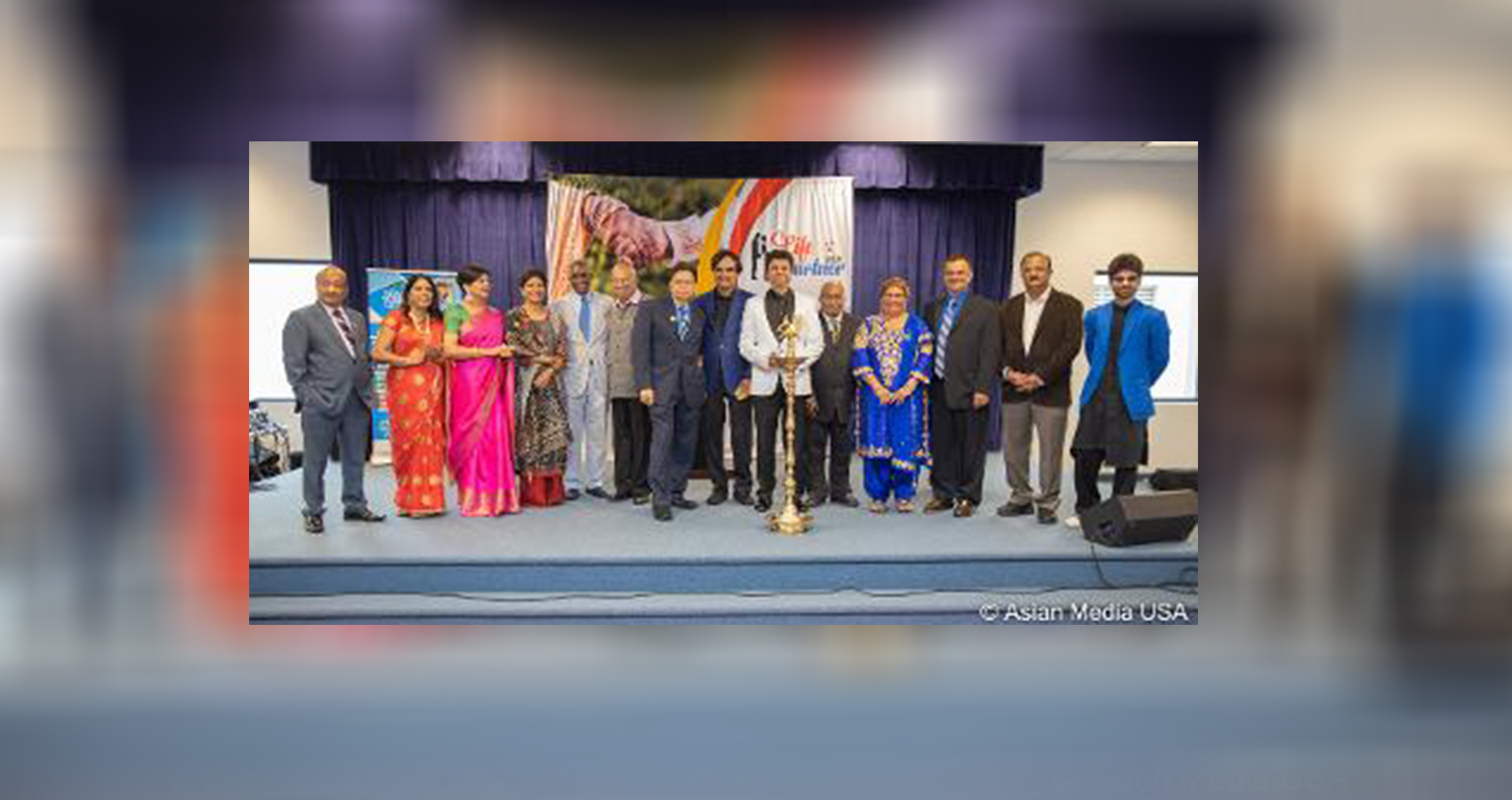
 It takes 10 seconds to break someone’s life and takes your entire life to give someone new life. In Indian community any reason a person over 50 years old’s wife expires. He has everything except nobody to talk to. He is feeling too lonely and causes mental health problems such as depression. They get addicted to NARCO (Tylenol 3, Vicodin) alcohol, marijuana, and drugs. In severe cases, they commit suicide. On the other hand, no Indian women get ready after 50 years old. This is a massive growing problem in our society, if you find out from seances bureau numbers are very high for them. To resolve this, we have Life Partner U.S.A.
It takes 10 seconds to break someone’s life and takes your entire life to give someone new life. In Indian community any reason a person over 50 years old’s wife expires. He has everything except nobody to talk to. He is feeling too lonely and causes mental health problems such as depression. They get addicted to NARCO (Tylenol 3, Vicodin) alcohol, marijuana, and drugs. In severe cases, they commit suicide. On the other hand, no Indian women get ready after 50 years old. This is a massive growing problem in our society, if you find out from seances bureau numbers are very high for them. To resolve this, we have Life Partner U.S.A.
 Shicowich lost his toe because of complications of Type 2 diabetes as he struggled to keep his blood sugar under control. He was overweight and on diabetes medications, but his diet of fast food and convenient, frozen processed meals had pushed his disease to life-threatening levels.
Shicowich lost his toe because of complications of Type 2 diabetes as he struggled to keep his blood sugar under control. He was overweight and on diabetes medications, but his diet of fast food and convenient, frozen processed meals had pushed his disease to life-threatening levels.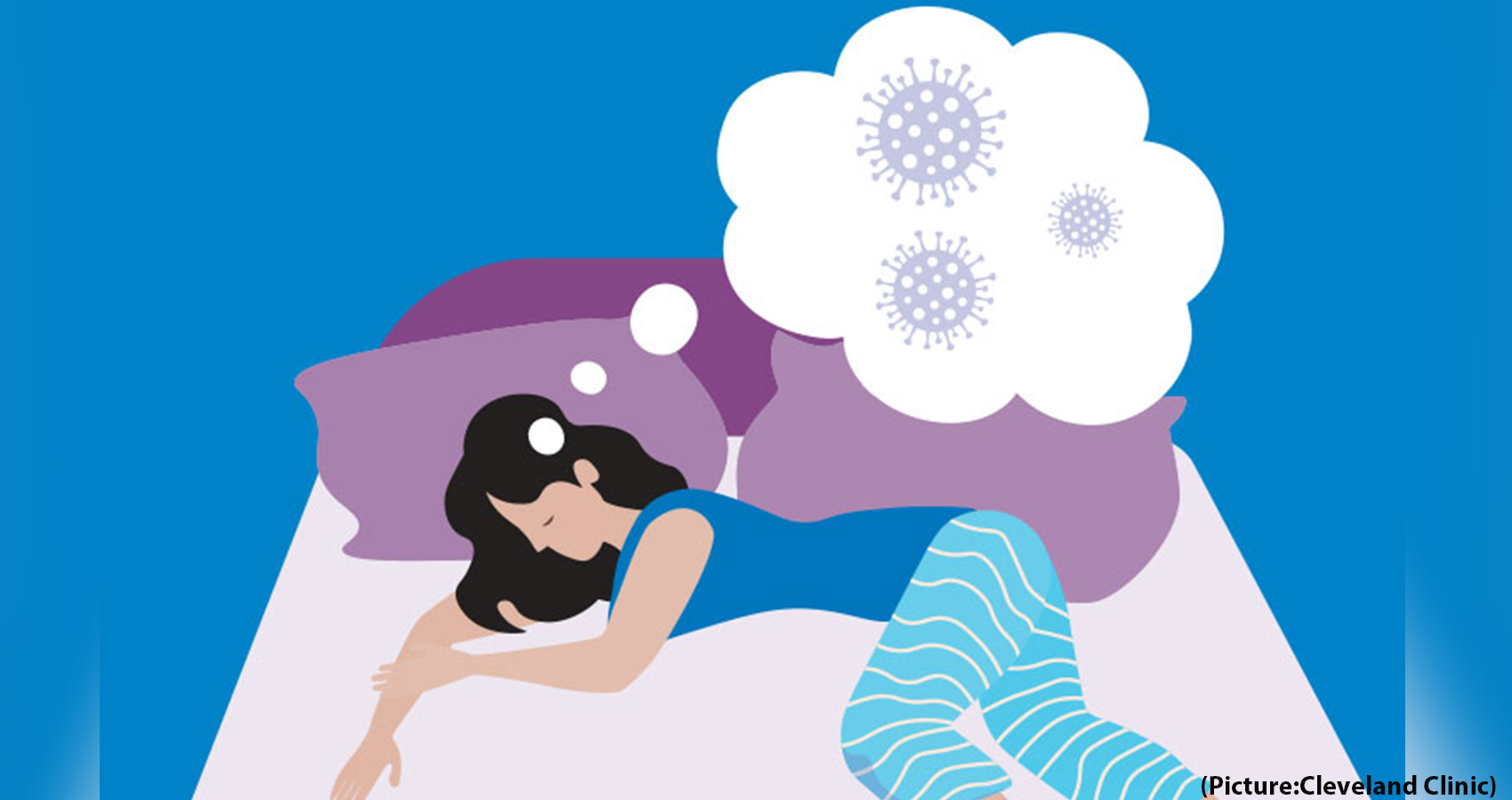
 The thing is, yes, our bodies may have changed in ways we didn’t want them to, but the most important thing to remember is that our bodies also got us through a global pandemic, and that’s something to be grateful for. But with the new working-from-home lifestyle, elevated stress levels, and gym closures that we all faced during the pandemic, it means that some have put on a few pounds. Other than the extra weight being an annoyance, it can also lead to other lifestyle hiccups, like sleep, for instance. Weight fluctuations, believe it or not, can affect your sleep hygiene, so it’s important to understand how weight, stress, and sleep go hand in hand (in hand), so you can make sure you’re still getting enough sleep at night, even with a change in lifestyle and health.
The thing is, yes, our bodies may have changed in ways we didn’t want them to, but the most important thing to remember is that our bodies also got us through a global pandemic, and that’s something to be grateful for. But with the new working-from-home lifestyle, elevated stress levels, and gym closures that we all faced during the pandemic, it means that some have put on a few pounds. Other than the extra weight being an annoyance, it can also lead to other lifestyle hiccups, like sleep, for instance. Weight fluctuations, believe it or not, can affect your sleep hygiene, so it’s important to understand how weight, stress, and sleep go hand in hand (in hand), so you can make sure you’re still getting enough sleep at night, even with a change in lifestyle and health.
 Since it did not fall under the “I disobeyed my parents and fought with my siblings” script of kids’ confessions, I never brought it up in confession. (What does an orphaned only child confess?)
Since it did not fall under the “I disobeyed my parents and fought with my siblings” script of kids’ confessions, I never brought it up in confession. (What does an orphaned only child confess?)


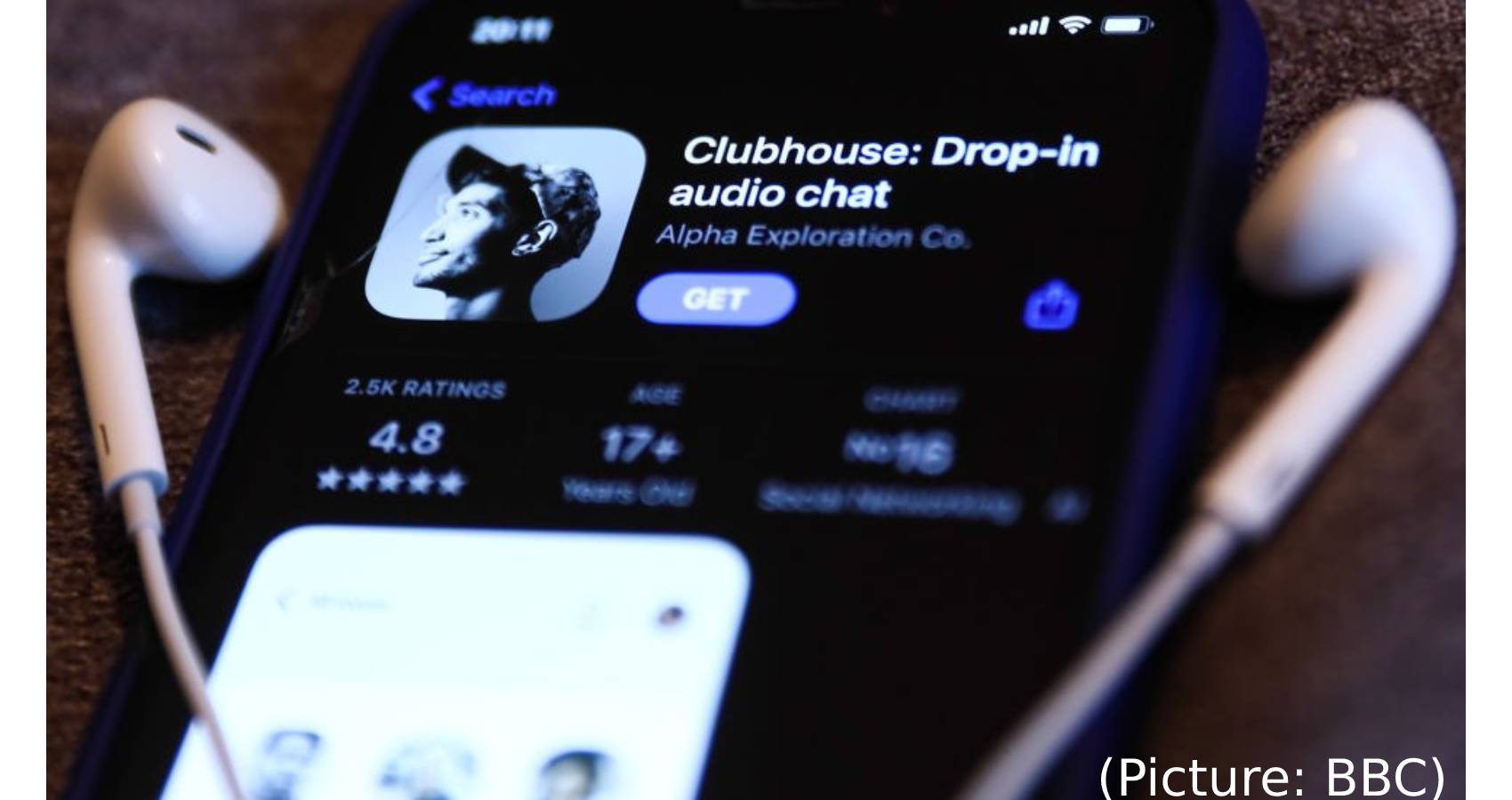
 Included in the post was a link to a sample of a million records and an invite for other hackers to contact him privately and make him offers for his database. Understandably the sale caused a stir in the hacking world and Tom tells me he is selling his haul to “multiple” happy customers for around $5,000 (£3,600; €4,200).He won’t say who his customers are, or why they would want this information, but he says the data is likely being used for further malicious hacking campaigns. The news has also set the cyber-security and privacy world alight with arguments about whether or not we should be worried about this growing trend of mega scrapes.
Included in the post was a link to a sample of a million records and an invite for other hackers to contact him privately and make him offers for his database. Understandably the sale caused a stir in the hacking world and Tom tells me he is selling his haul to “multiple” happy customers for around $5,000 (£3,600; €4,200).He won’t say who his customers are, or why they would want this information, but he says the data is likely being used for further malicious hacking campaigns. The news has also set the cyber-security and privacy world alight with arguments about whether or not we should be worried about this growing trend of mega scrapes.
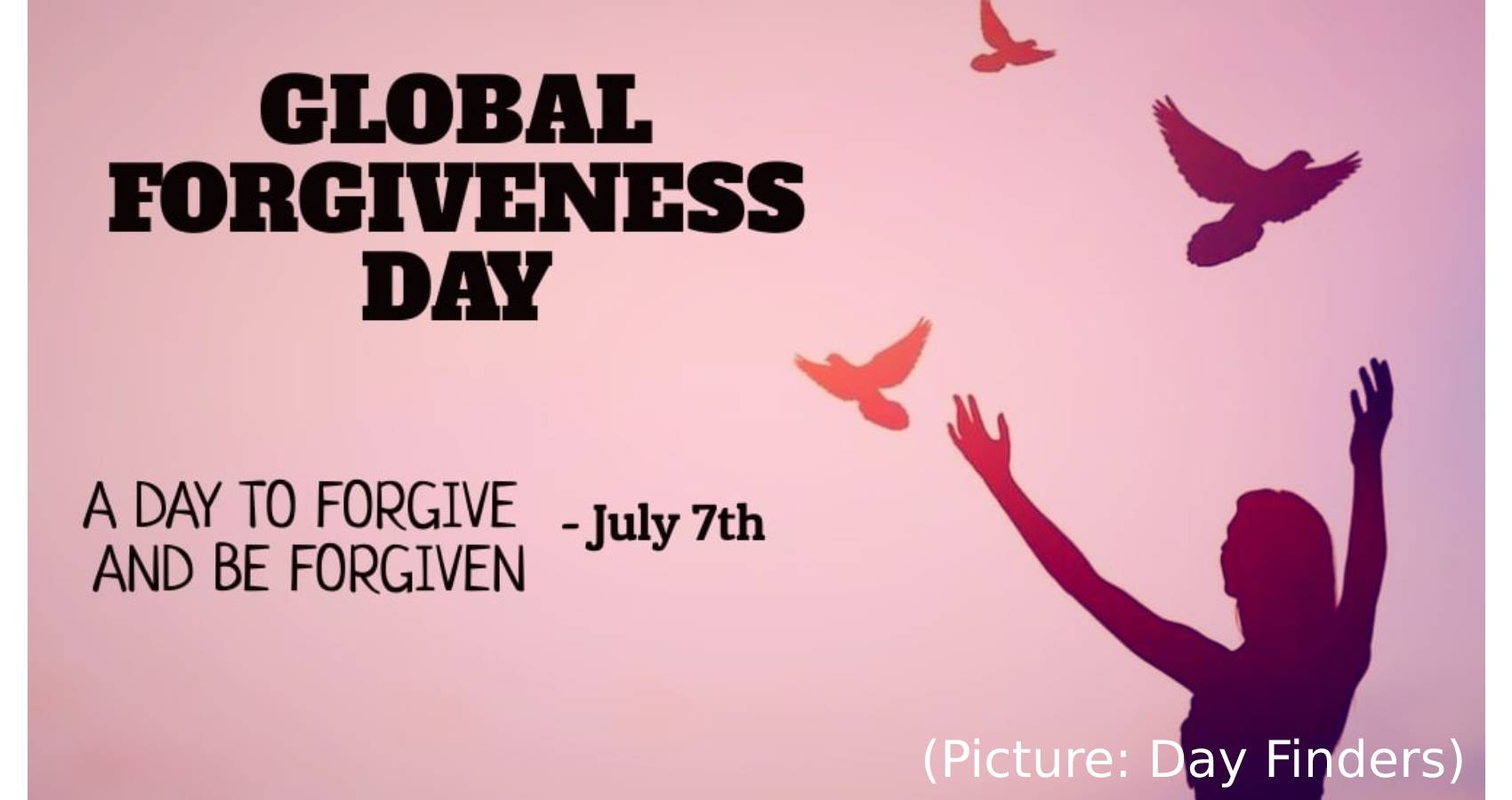

 “There are a lot of people who would feel very confident saying that we know why and how people choose partners and become a couple and fall in love, but our research suggests that is not the case,” says lead author Danu Anthony Stinson, a psychology professor at the University of Victoria, Canada. “We might have a good understanding of how strangers become attracted to each other and start dating, but that’s simply not how most relationships begin.” The team analyzed data from nearly 1,900 university students and crowdsourced adults, with 68 percent reporting that their current or most recent romantic relationship began as a friendship. There was little variation across gender, level of education, or ethnic groups, but the rate of friends-first initiation was even higher among 20-somethings and within LGBTQ+ communities, with 85 percent of such couples beginning as friendships.
“There are a lot of people who would feel very confident saying that we know why and how people choose partners and become a couple and fall in love, but our research suggests that is not the case,” says lead author Danu Anthony Stinson, a psychology professor at the University of Victoria, Canada. “We might have a good understanding of how strangers become attracted to each other and start dating, but that’s simply not how most relationships begin.” The team analyzed data from nearly 1,900 university students and crowdsourced adults, with 68 percent reporting that their current or most recent romantic relationship began as a friendship. There was little variation across gender, level of education, or ethnic groups, but the rate of friends-first initiation was even higher among 20-somethings and within LGBTQ+ communities, with 85 percent of such couples beginning as friendships.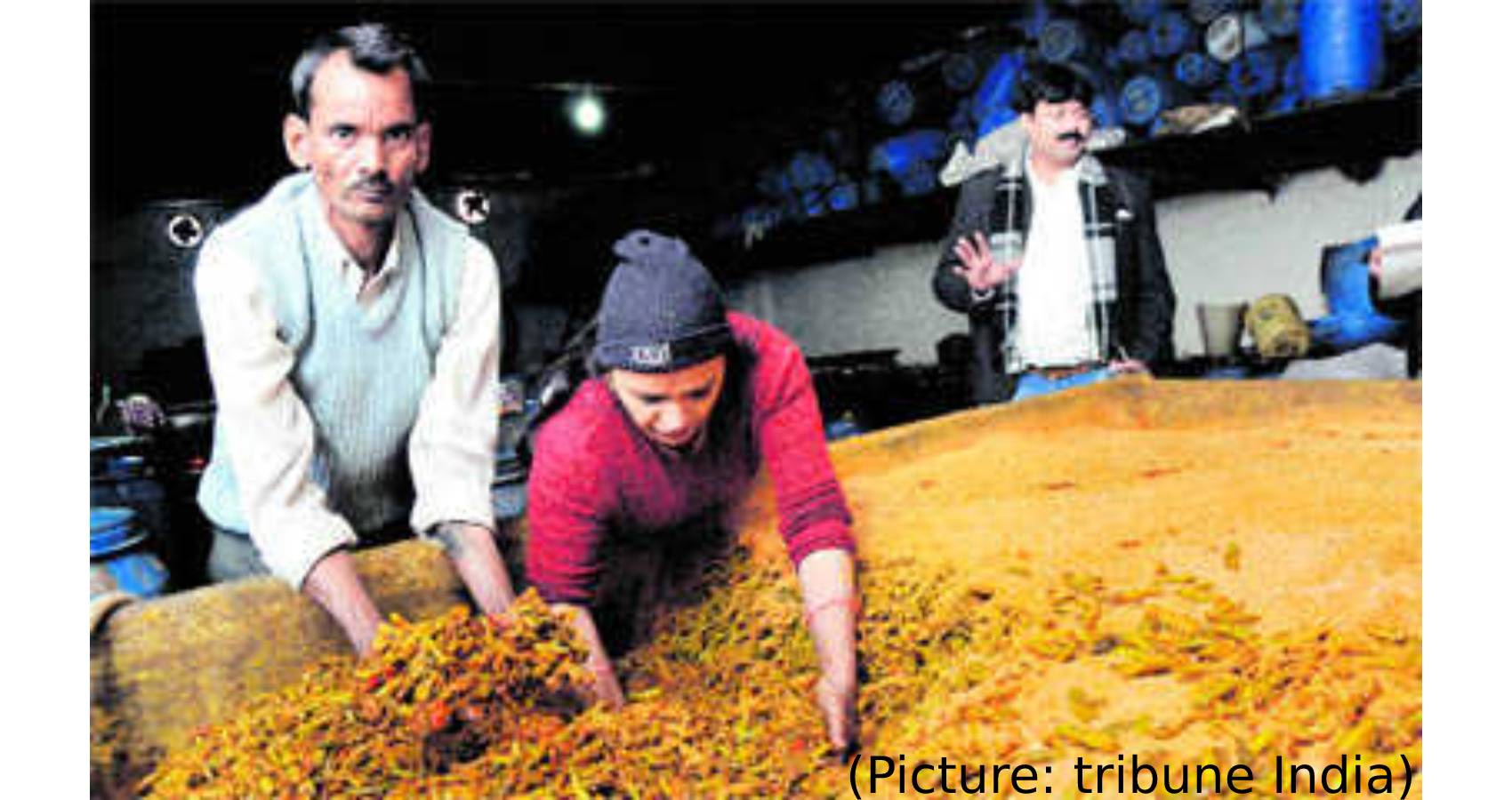
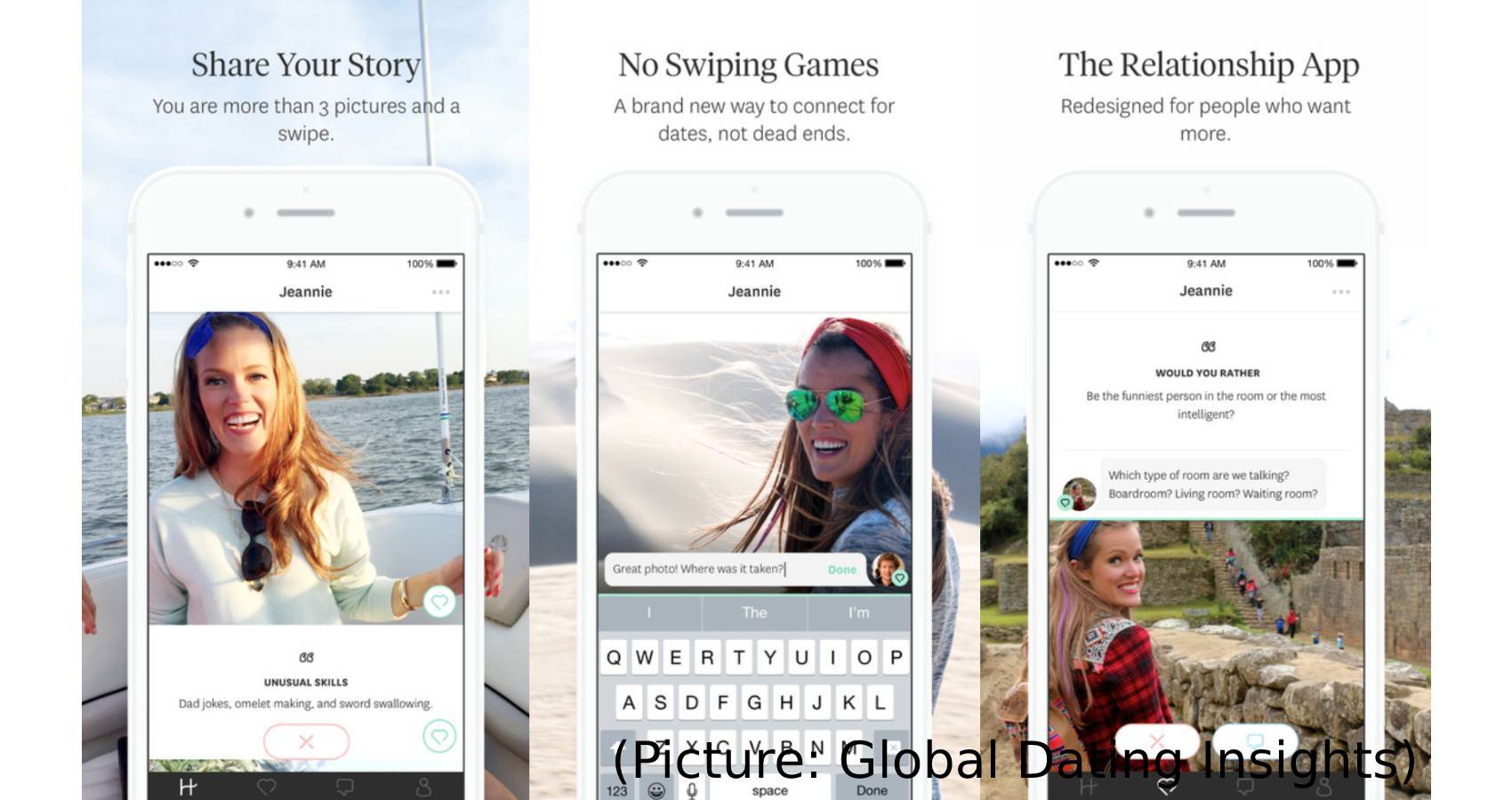
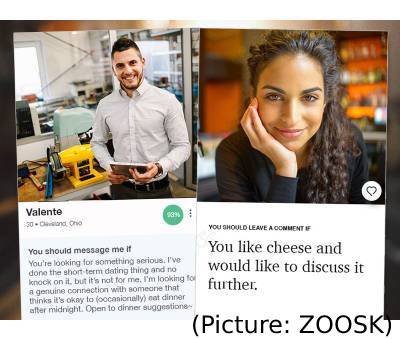 Most of the people in the age group of 18-30, 72 per cent agree that an eye-catching bio is short, concise, and to the point. “Bios are supposed to be funny and attractive, not long and boring like autobiographies”, said one of the QuackQuack users. With a short span of attention, the youth does not look forward to reading long paragraphs about one person when they could just simply skip their profile. For people above 30, 56 per cent of the users prefer reading about the career, life achievements and goals of their matches as opposed to 44 per cent of them who prefer quirky bios. Men, 45 per cent of them, agree that shorter the bio, the better in contrast to 64 per cent of women who instead like longer bios. People from tier 2 cities like reading longer bios with more details to them and elements that demarcate them from the rest of the users whereas people from metros choose short and funny descriptions instead.
Most of the people in the age group of 18-30, 72 per cent agree that an eye-catching bio is short, concise, and to the point. “Bios are supposed to be funny and attractive, not long and boring like autobiographies”, said one of the QuackQuack users. With a short span of attention, the youth does not look forward to reading long paragraphs about one person when they could just simply skip their profile. For people above 30, 56 per cent of the users prefer reading about the career, life achievements and goals of their matches as opposed to 44 per cent of them who prefer quirky bios. Men, 45 per cent of them, agree that shorter the bio, the better in contrast to 64 per cent of women who instead like longer bios. People from tier 2 cities like reading longer bios with more details to them and elements that demarcate them from the rest of the users whereas people from metros choose short and funny descriptions instead.
 A major new Pew Research Center survey of religion across India, based on nearly 30,000 face-to-face interviews of adults conducted in 17 languages between late 2019 and early 2020 (before the
A major new Pew Research Center survey of religion across India, based on nearly 30,000 face-to-face interviews of adults conducted in 17 languages between late 2019 and early 2020 (before the 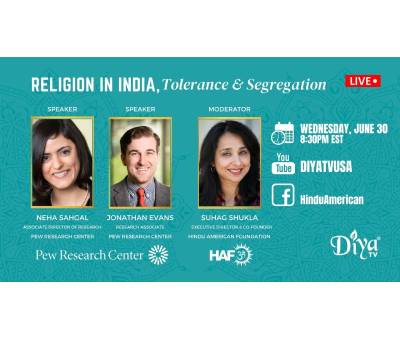 Even though Hindu BJP voters who link national identity with religion and language are more inclined to support a religiously segregated India, they also are more likely than other Hindu voters to express positive opinions about India’s religious diversity. Nearly two-thirds (65%) of this group – Hindus who say that being a Hindu and being able to speak Hindi are very important to be truly Indian and who voted for the BJP in 2019 – say religious diversity benefits India, compared with about half (47%) of other Hindu voters. This finding suggests that for many Hindus, there is no contradiction between valuing religious diversity (at least in principle) and feeling that Hindus are somehow more authentically Indian than fellow citizens who follow other religions.
Even though Hindu BJP voters who link national identity with religion and language are more inclined to support a religiously segregated India, they also are more likely than other Hindu voters to express positive opinions about India’s religious diversity. Nearly two-thirds (65%) of this group – Hindus who say that being a Hindu and being able to speak Hindi are very important to be truly Indian and who voted for the BJP in 2019 – say religious diversity benefits India, compared with about half (47%) of other Hindu voters. This finding suggests that for many Hindus, there is no contradiction between valuing religious diversity (at least in principle) and feeling that Hindus are somehow more authentically Indian than fellow citizens who follow other religions.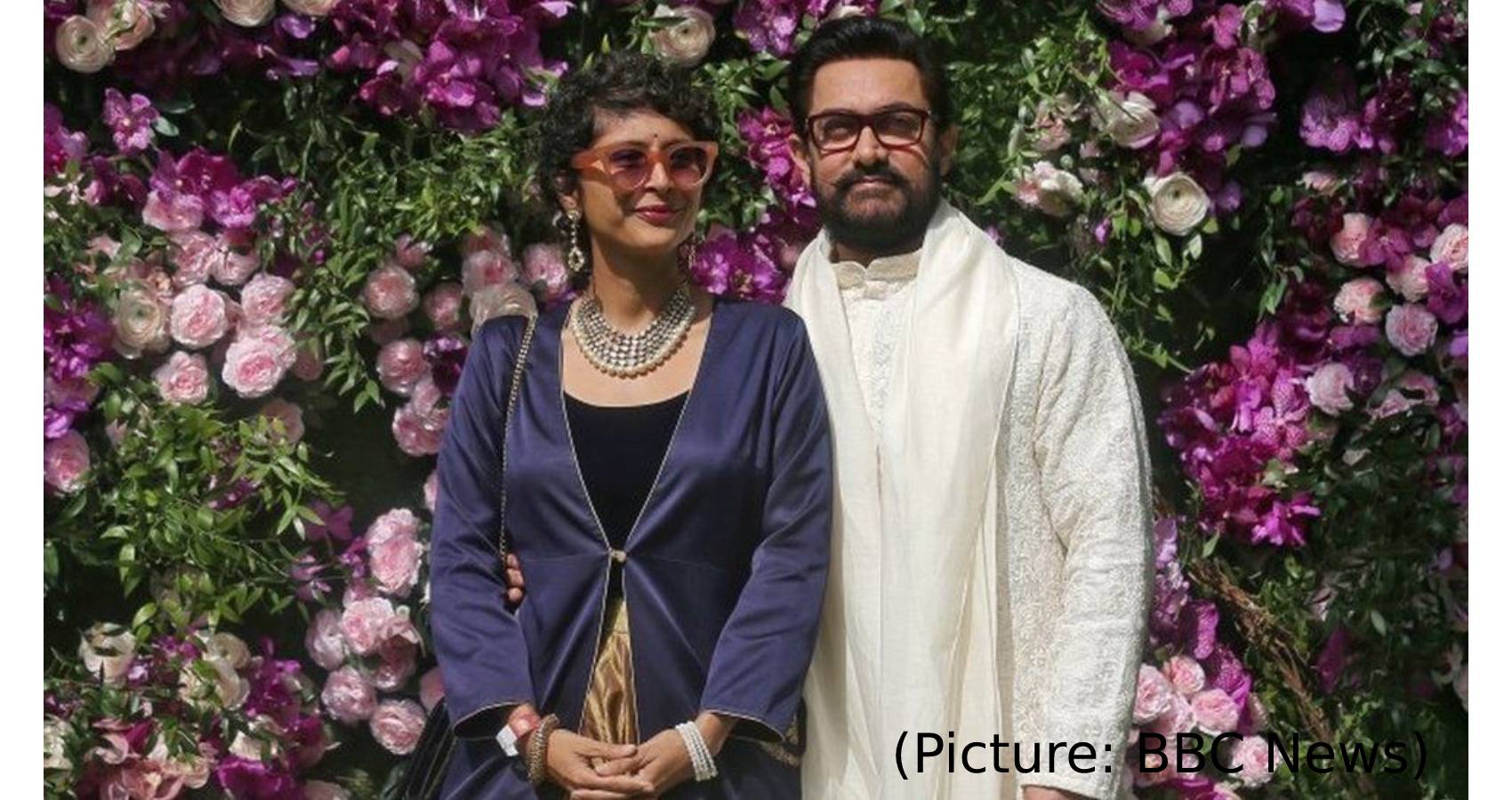
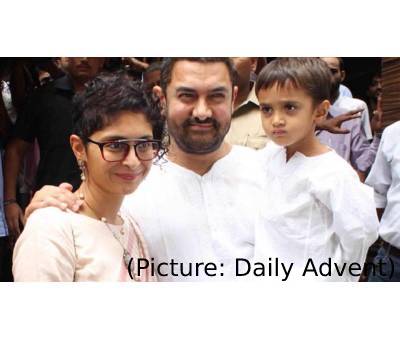 “In these 15 beautiful years together we have shared a lifetime of experiences, joy and laughter,” the statement said. Khan, 56, and Rao, 47, first met in 2001, and married four years later. They said they wanted to “begin a new chapter in our lives – no longer as husband and wife, but as co-parents and family for each other”. They added that their relationship had “only grown in trust, respect and love”. They met on sets of the AshutoshGowariker-directed Lagaan (2001), one of the most commercially successful Indian movies, where the former was an assistant director. Their romance, Khan said in some interviews, bloomed later when the actor was going through the process of legal separation from his first wife, Reena Dutta. Khan and Dutta, who have a son, Junaid, and a daughter, Ira, together, divorced in 2002.
“In these 15 beautiful years together we have shared a lifetime of experiences, joy and laughter,” the statement said. Khan, 56, and Rao, 47, first met in 2001, and married four years later. They said they wanted to “begin a new chapter in our lives – no longer as husband and wife, but as co-parents and family for each other”. They added that their relationship had “only grown in trust, respect and love”. They met on sets of the AshutoshGowariker-directed Lagaan (2001), one of the most commercially successful Indian movies, where the former was an assistant director. Their romance, Khan said in some interviews, bloomed later when the actor was going through the process of legal separation from his first wife, Reena Dutta. Khan and Dutta, who have a son, Junaid, and a daughter, Ira, together, divorced in 2002. Kiran Rao and Aamir Khan’s plain-spoken statement assures that they will continue collaborating on work and pet projects. “We began a planned separation some time ago, and now feel comfortable to formalise this arrangement, of living separately yet sharing our lives the way an extended family does. We remain devoted parents to our son Azad, who we will nurture and raise together. We will also continue to work as collaborators on films, Paani Foundation, and other projects that we feel passionate about,” they said. Announcing Azad’s birth in 2011, the former couple had shown similar forthrightness when they mentioned that he was born after “a long wait” and “through IVF-surrogacy”. They ended their statement saying: “A big thank you to our families and friends for their constant support and understanding about this evolution in our relationship, and without whom we would not have been so secure in taking this leap. We request our well wishers for good wishes and blessings, and hope that — like us — you will see this divorce not as an end, but as the start of a new journey.”
Kiran Rao and Aamir Khan’s plain-spoken statement assures that they will continue collaborating on work and pet projects. “We began a planned separation some time ago, and now feel comfortable to formalise this arrangement, of living separately yet sharing our lives the way an extended family does. We remain devoted parents to our son Azad, who we will nurture and raise together. We will also continue to work as collaborators on films, Paani Foundation, and other projects that we feel passionate about,” they said. Announcing Azad’s birth in 2011, the former couple had shown similar forthrightness when they mentioned that he was born after “a long wait” and “through IVF-surrogacy”. They ended their statement saying: “A big thank you to our families and friends for their constant support and understanding about this evolution in our relationship, and without whom we would not have been so secure in taking this leap. We request our well wishers for good wishes and blessings, and hope that — like us — you will see this divorce not as an end, but as the start of a new journey.”
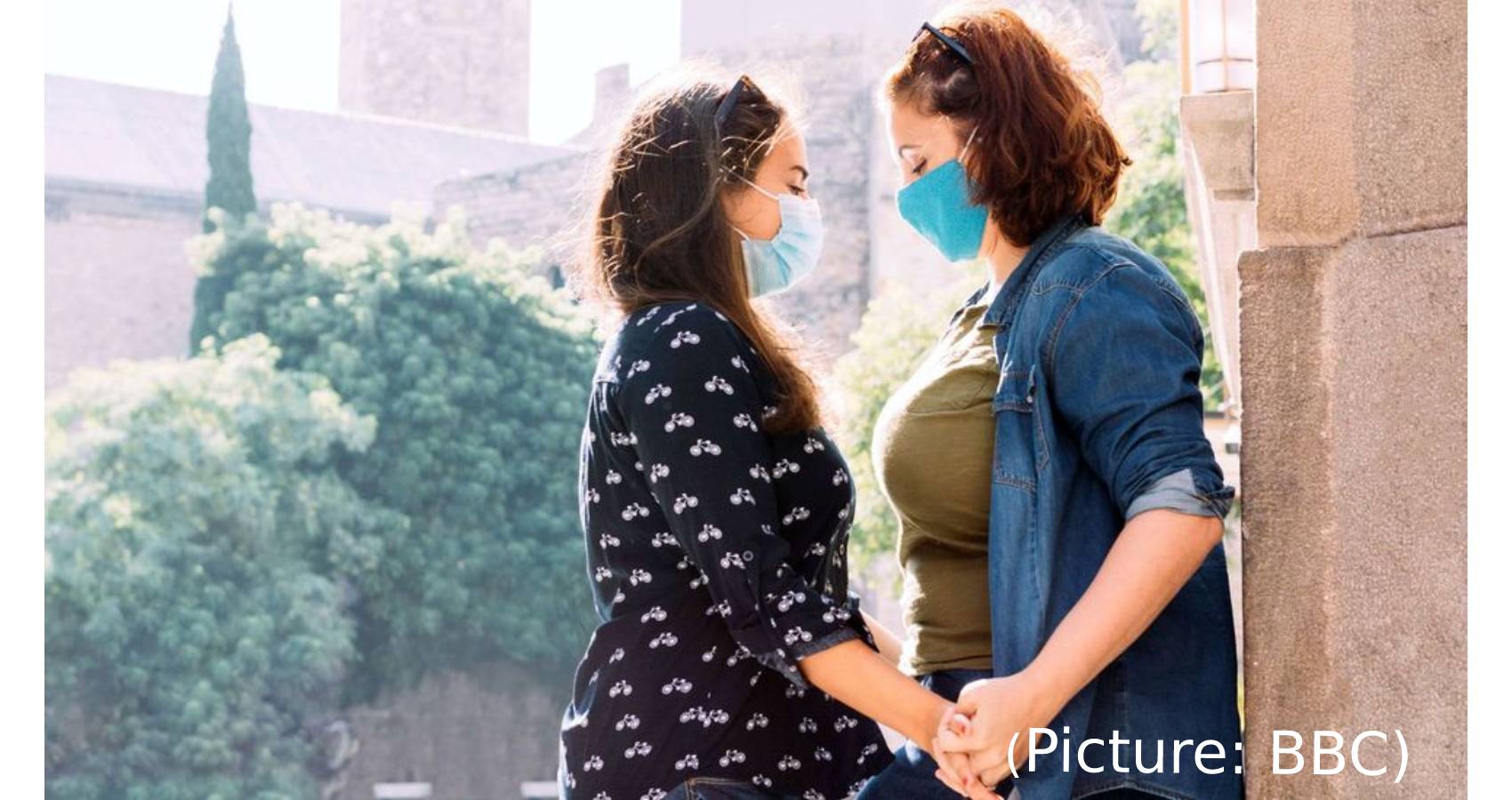

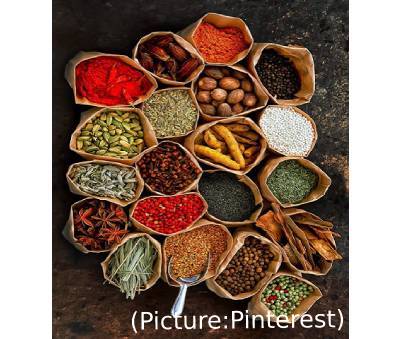 Some of these herbs and spices include turmeric, peppermint, ginger, and many more. Long before modern medicine, the ancient Greeks used a variety of spices and herbs for their healing properties.
Some of these herbs and spices include turmeric, peppermint, ginger, and many more. Long before modern medicine, the ancient Greeks used a variety of spices and herbs for their healing properties. 

 Researchers report that among the women studied:
Researchers report that among the women studied:
 On the occasion, United Nations General Assembly (UNGA) President VolkanBozkir said that yoga was a lifeline during the COVID-19 lockdown as it helps to maintain physical wellbeing and manage the stress of uncertainty and isolation. “The COVID 19 pandemic has clearly demonstrated the consequences of poor global health, the social and economic consequences have been devastating for many around the world. Yoga was a lifeline during lockdown,” Bozkir said in a statement on Monday. Earlier, the Indian Embassy in the United States on Sunday celebrated the IDY 2021 at the India House, with the theme “Yoga for Wellness”.
On the occasion, United Nations General Assembly (UNGA) President VolkanBozkir said that yoga was a lifeline during the COVID-19 lockdown as it helps to maintain physical wellbeing and manage the stress of uncertainty and isolation. “The COVID 19 pandemic has clearly demonstrated the consequences of poor global health, the social and economic consequences have been devastating for many around the world. Yoga was a lifeline during lockdown,” Bozkir said in a statement on Monday. Earlier, the Indian Embassy in the United States on Sunday celebrated the IDY 2021 at the India House, with the theme “Yoga for Wellness”.
 Ambassador Randhir Kumar Jaiswal, the Chief Guest, commented “Yoga is a way of life. The idea of Yoga is truly universal and it must be heard, celebrated and promoted in each and every part of our society and community. The key is to not just celebrate Yoga as a health practice, for it needs to be celebrated in its entirety,” asserted Jaiswal. He highlighted how the International Yoga Day has evolved into in major annual event that’s celebrated across the globe ever since Prime Minister Narendra Modi proposed the idea during his speech at the United Nations General Assembly back in September 2014.
Ambassador Randhir Kumar Jaiswal, the Chief Guest, commented “Yoga is a way of life. The idea of Yoga is truly universal and it must be heard, celebrated and promoted in each and every part of our society and community. The key is to not just celebrate Yoga as a health practice, for it needs to be celebrated in its entirety,” asserted Jaiswal. He highlighted how the International Yoga Day has evolved into in major annual event that’s celebrated across the globe ever since Prime Minister Narendra Modi proposed the idea during his speech at the United Nations General Assembly back in September 2014.



 We often hear parents complaining about their kids being very aggressive and have rule-breaking behaviour. These kids show anxiety disorders in adolescence. Forgetfulness and low energy level show the deficiency of Vitamin A which is a very crucial group of nutrients. It is also required for a healthy reproductive system in men and women. Green and orange vegetables are a great source of Vitamin A nutrients. For newborn babies, breast milk is considered the best source of vitamin A.
We often hear parents complaining about their kids being very aggressive and have rule-breaking behaviour. These kids show anxiety disorders in adolescence. Forgetfulness and low energy level show the deficiency of Vitamin A which is a very crucial group of nutrients. It is also required for a healthy reproductive system in men and women. Green and orange vegetables are a great source of Vitamin A nutrients. For newborn babies, breast milk is considered the best source of vitamin A.




 “I just feel a kind of relieved and happy because I am not looking for breaking record. I just [wanted to] challenge myself,” Ms Tsang told media in Nepal’s capital Kathmandu on Sunday, after safely returning from Everest.Last Sunday, Arthur Muir, 75, became the oldest American to climb the mountain, while 46-year old Zhang Hong of China became the first blind man from Asia to complete the feat on Monday.
“I just feel a kind of relieved and happy because I am not looking for breaking record. I just [wanted to] challenge myself,” Ms Tsang told media in Nepal’s capital Kathmandu on Sunday, after safely returning from Everest.Last Sunday, Arthur Muir, 75, became the oldest American to climb the mountain, while 46-year old Zhang Hong of China became the first blind man from Asia to complete the feat on Monday.



